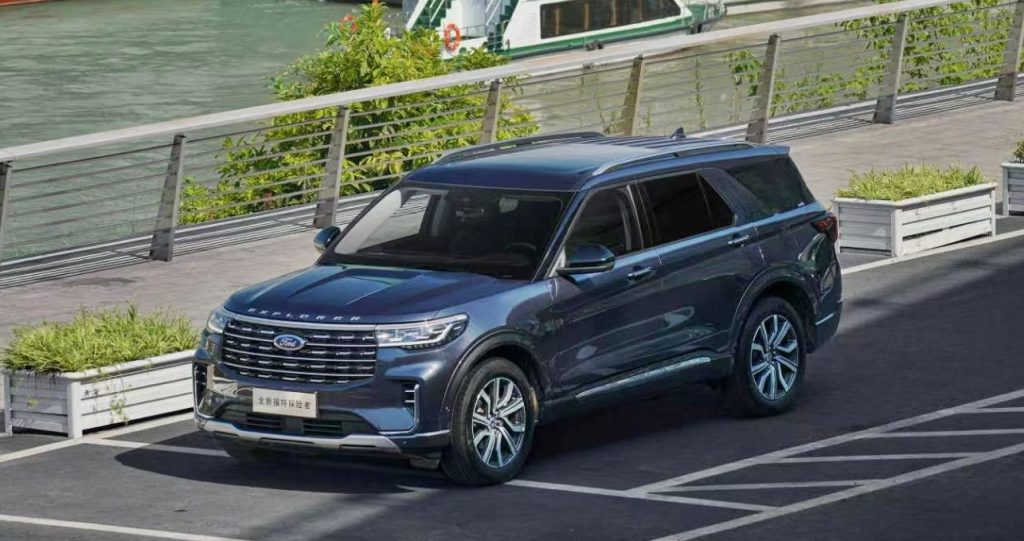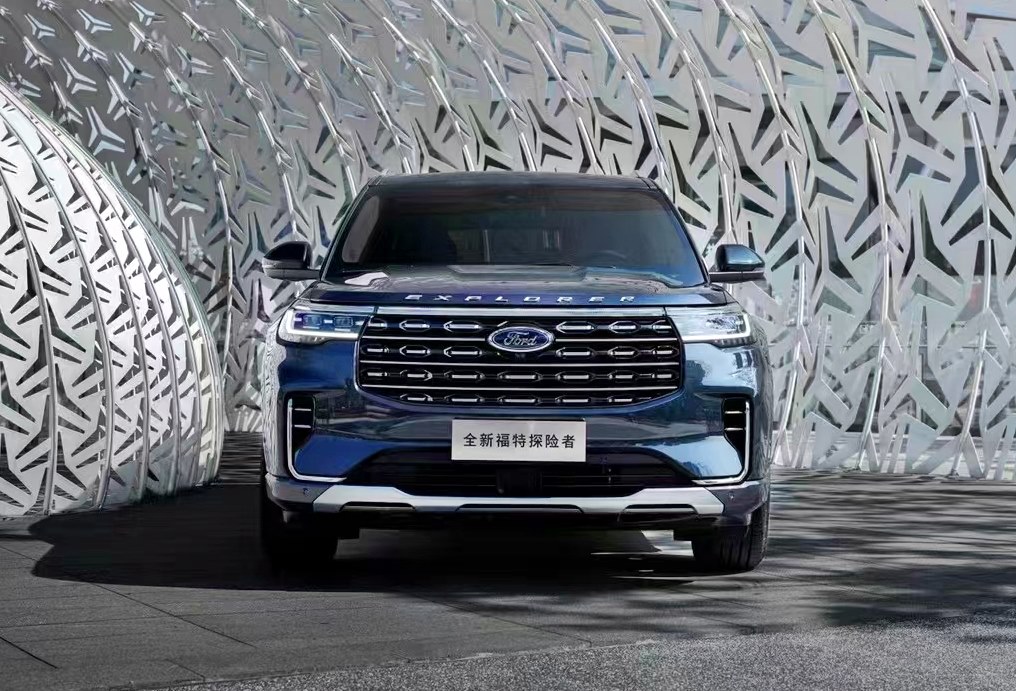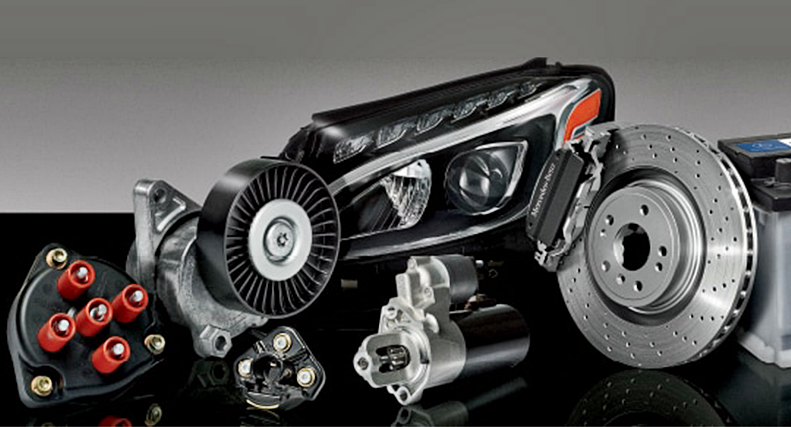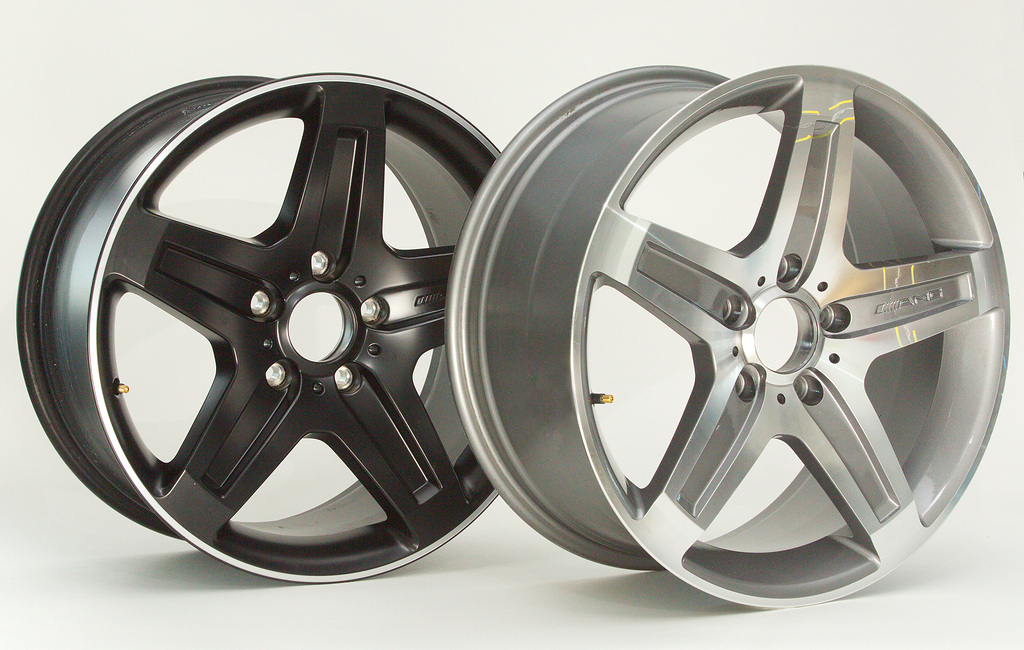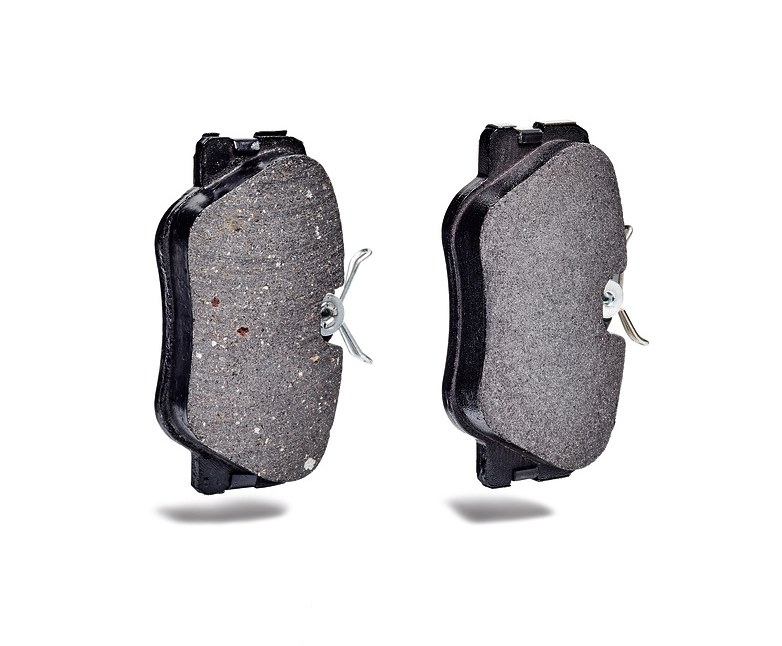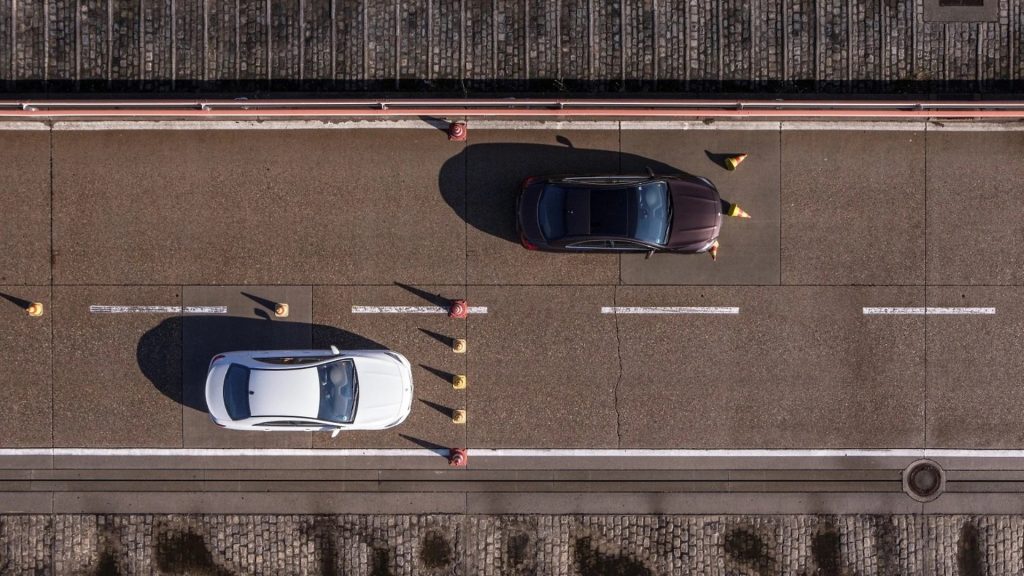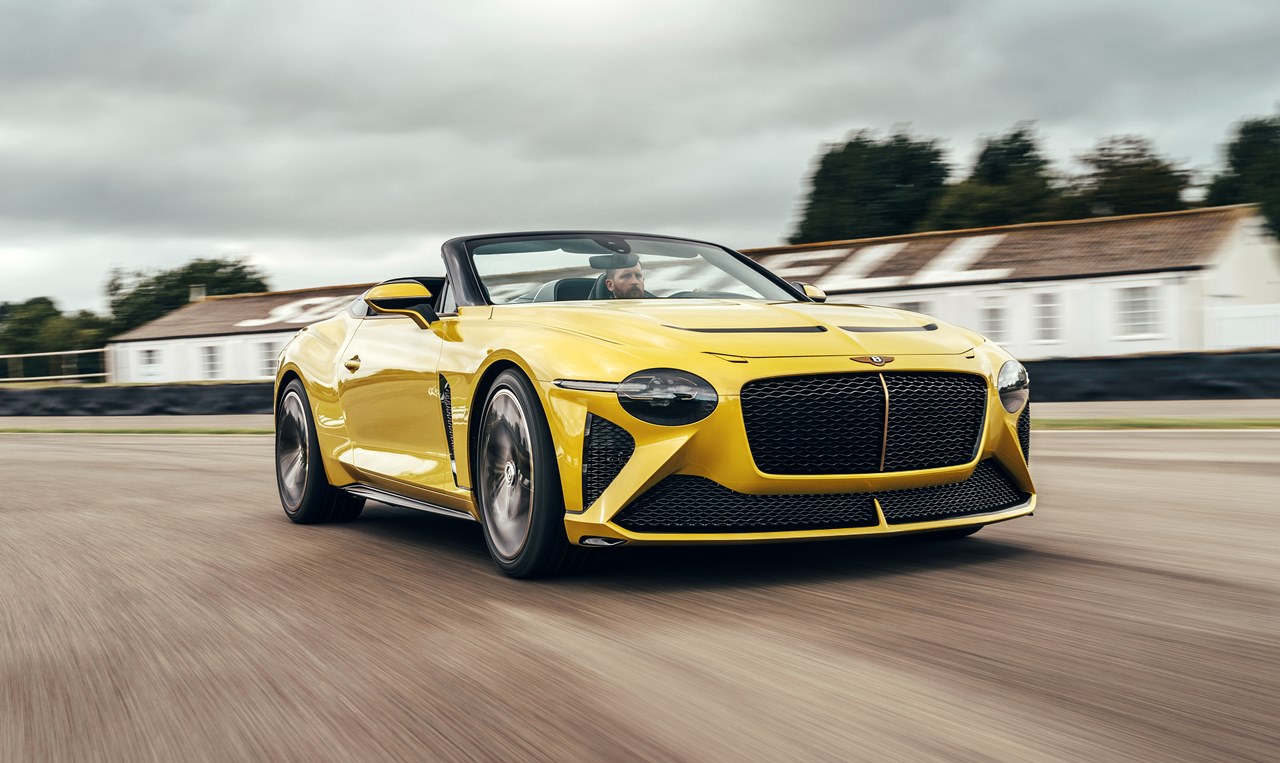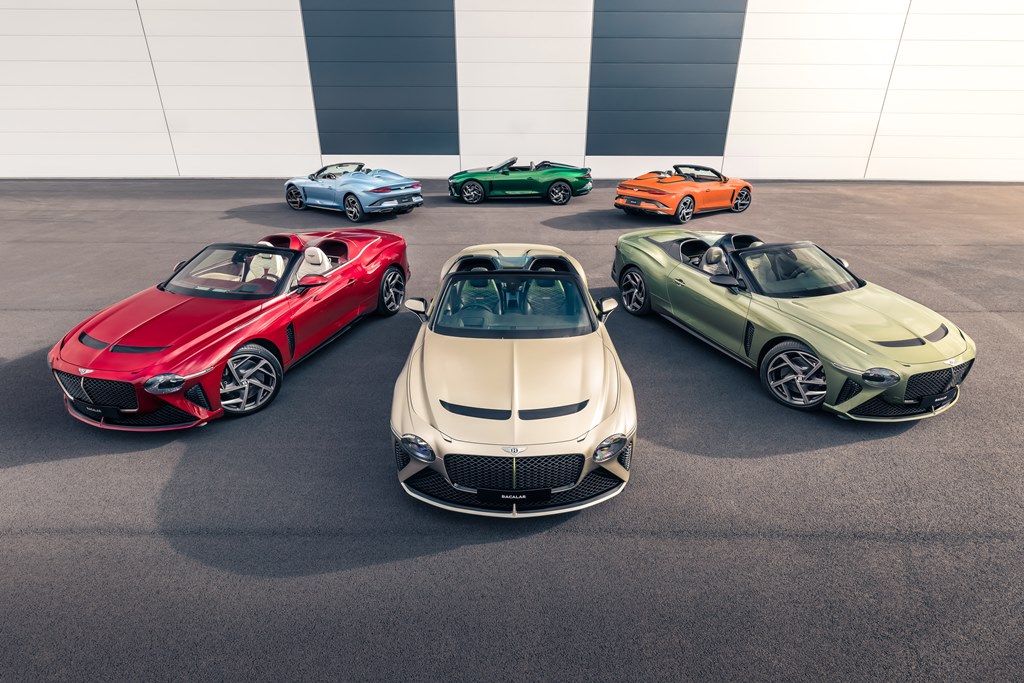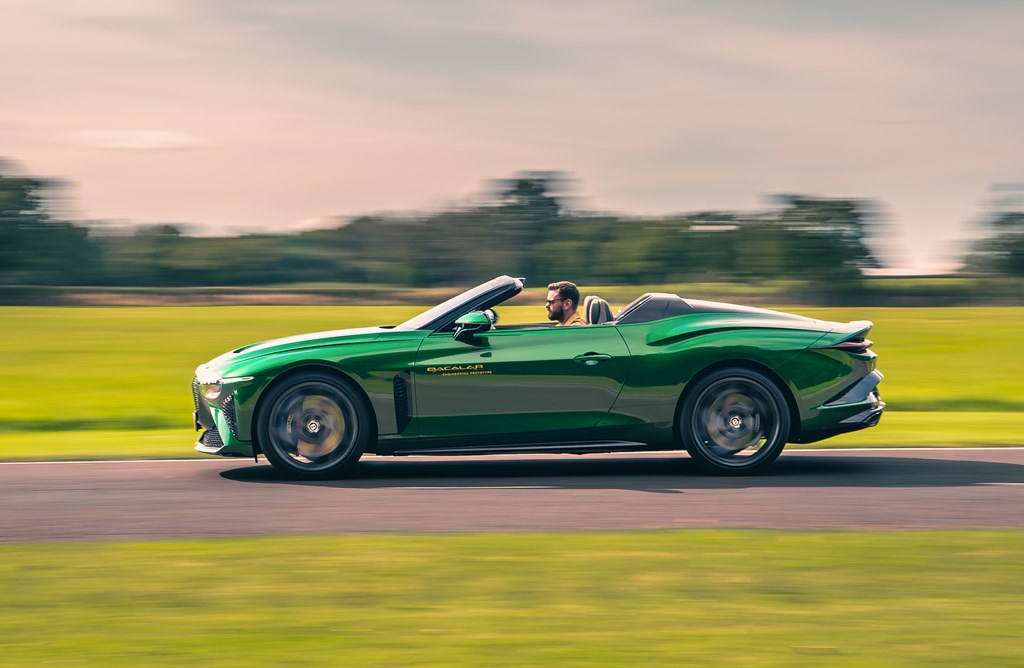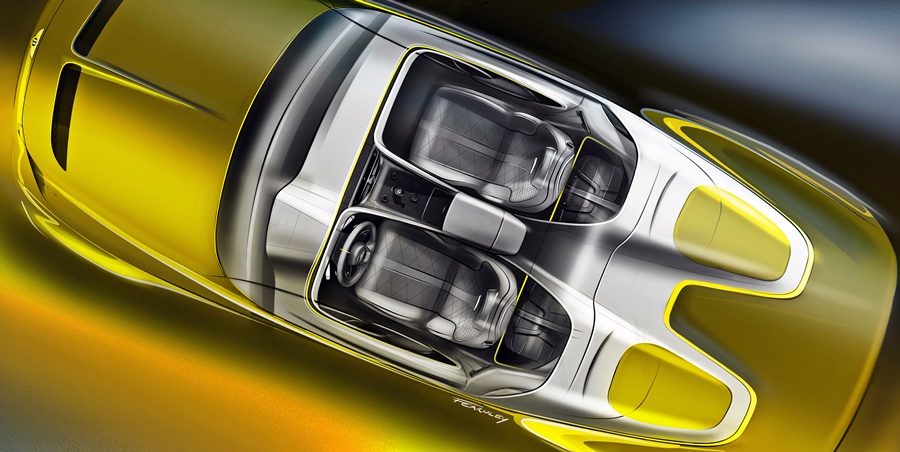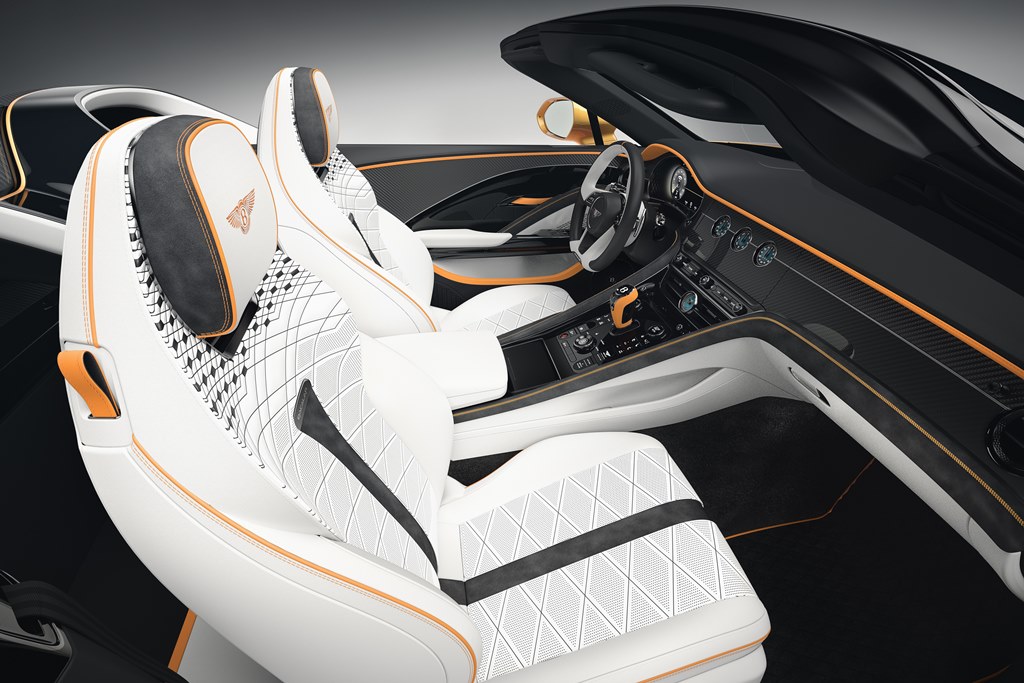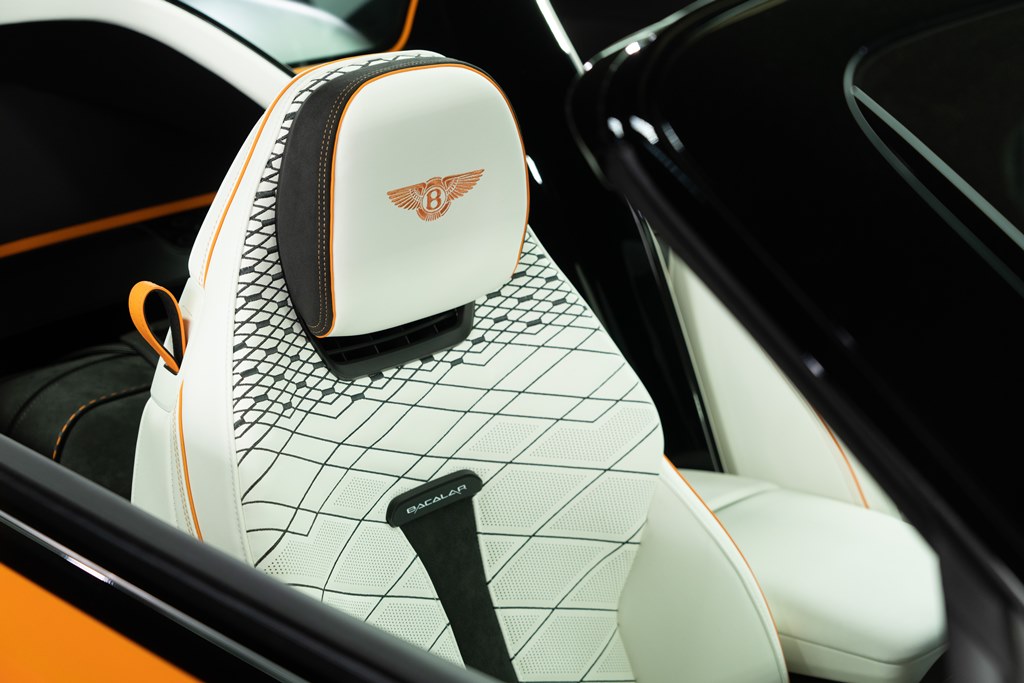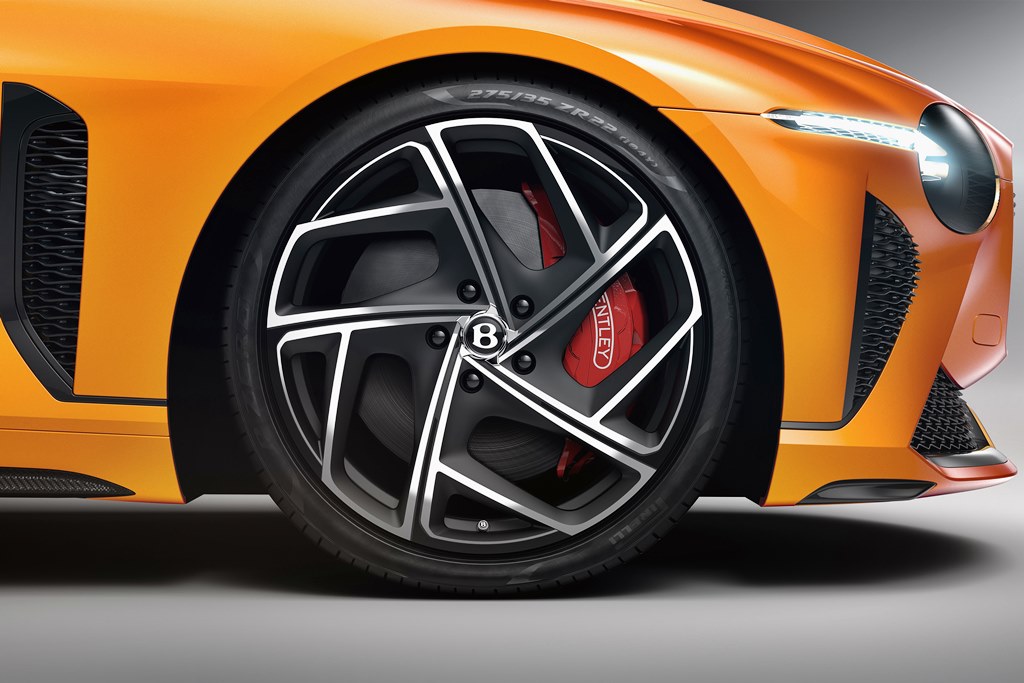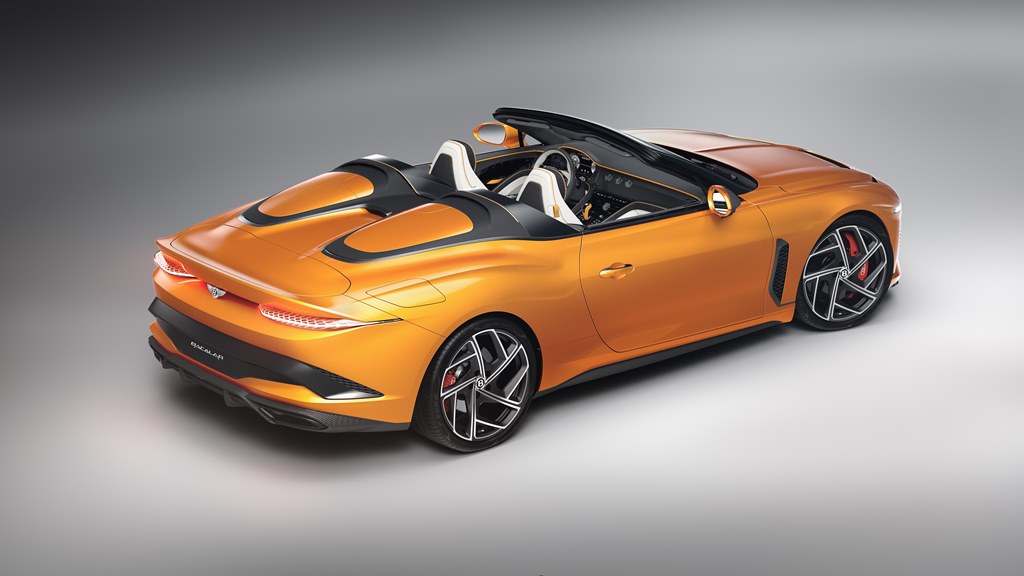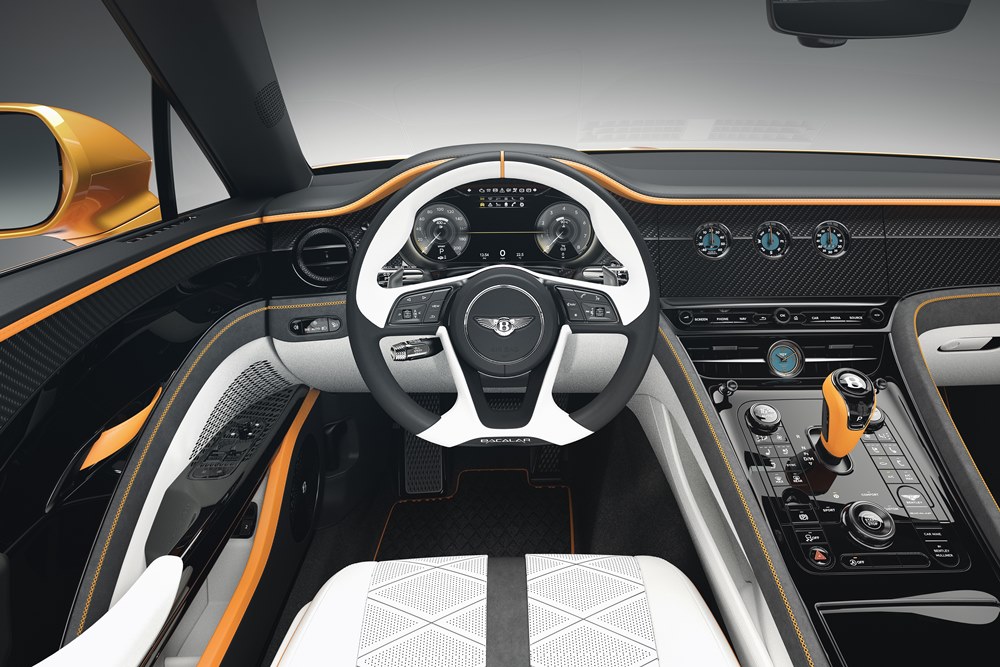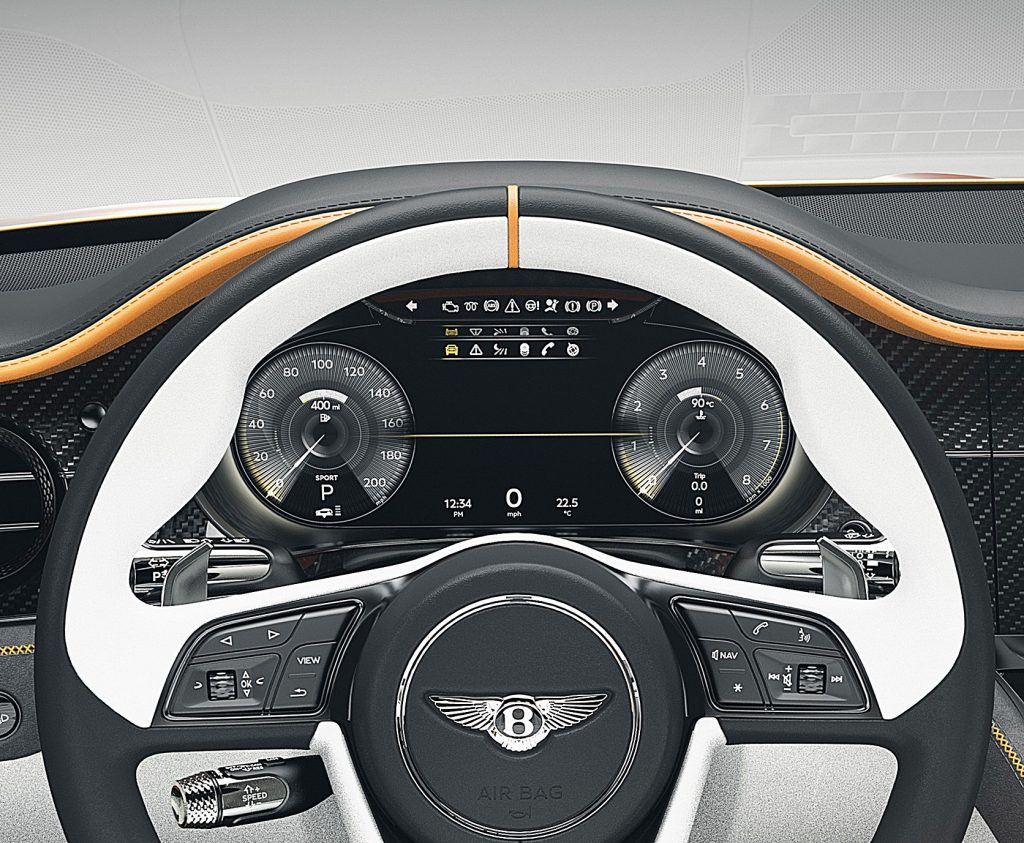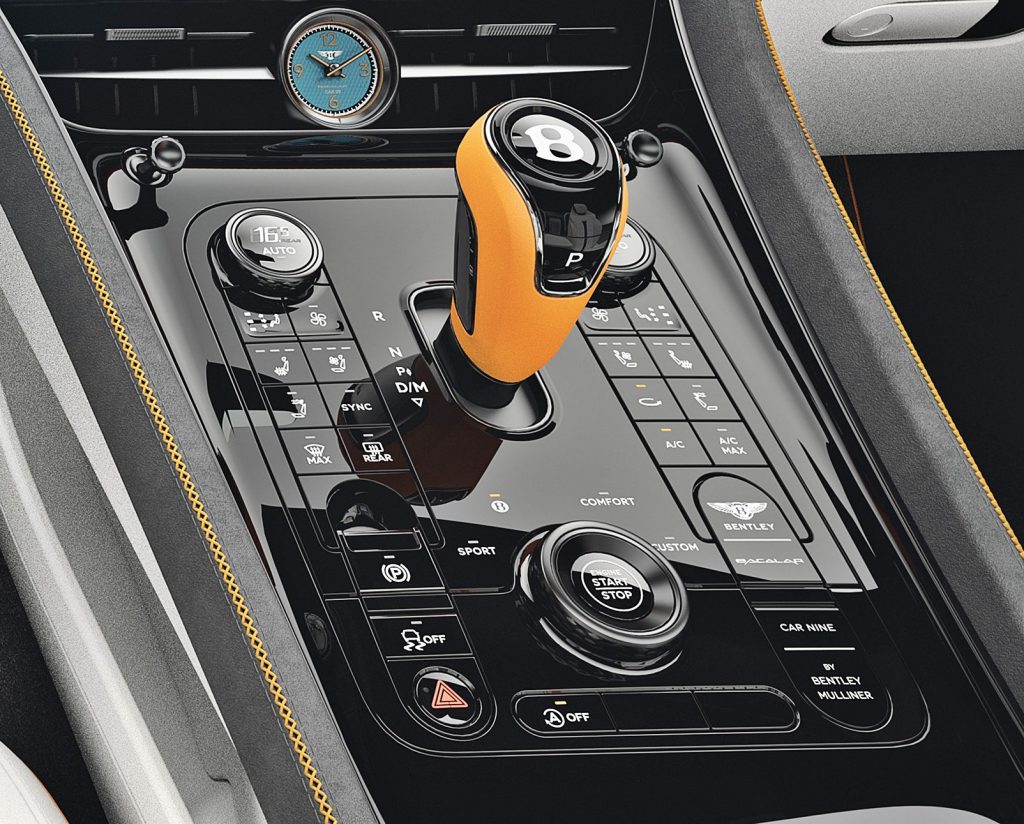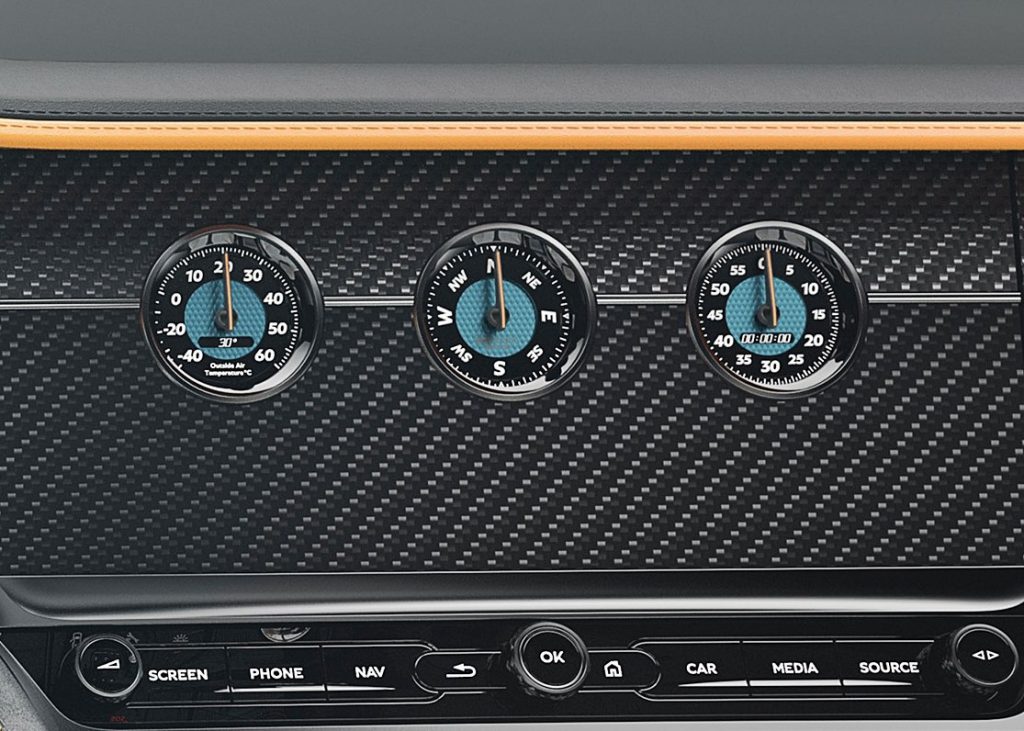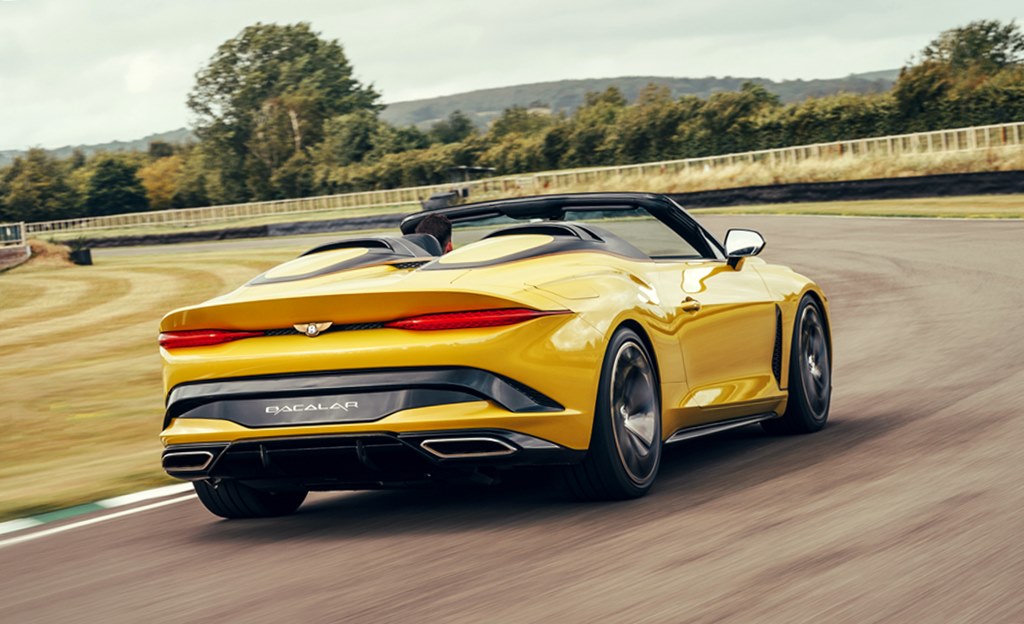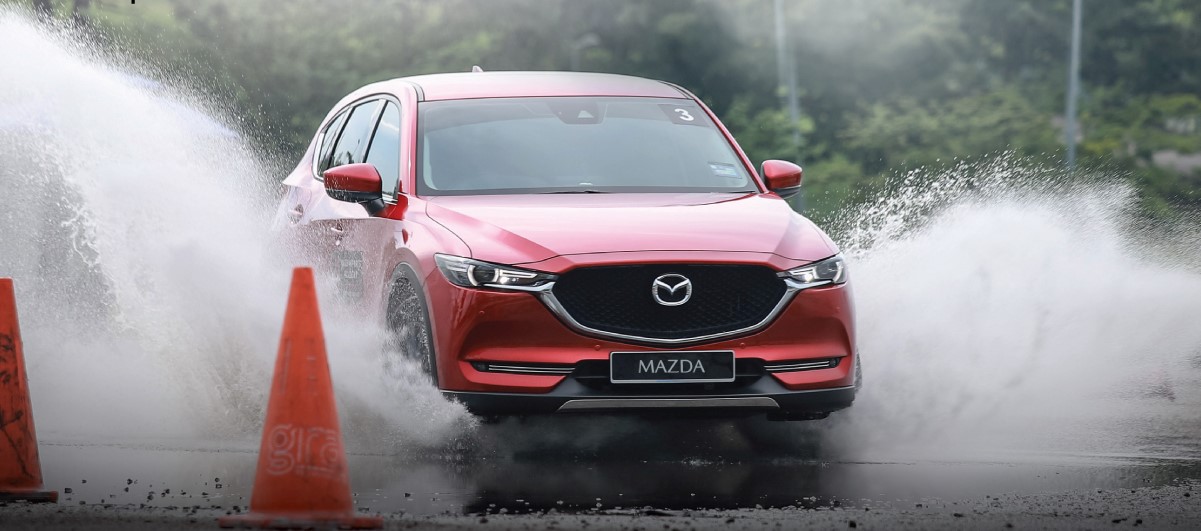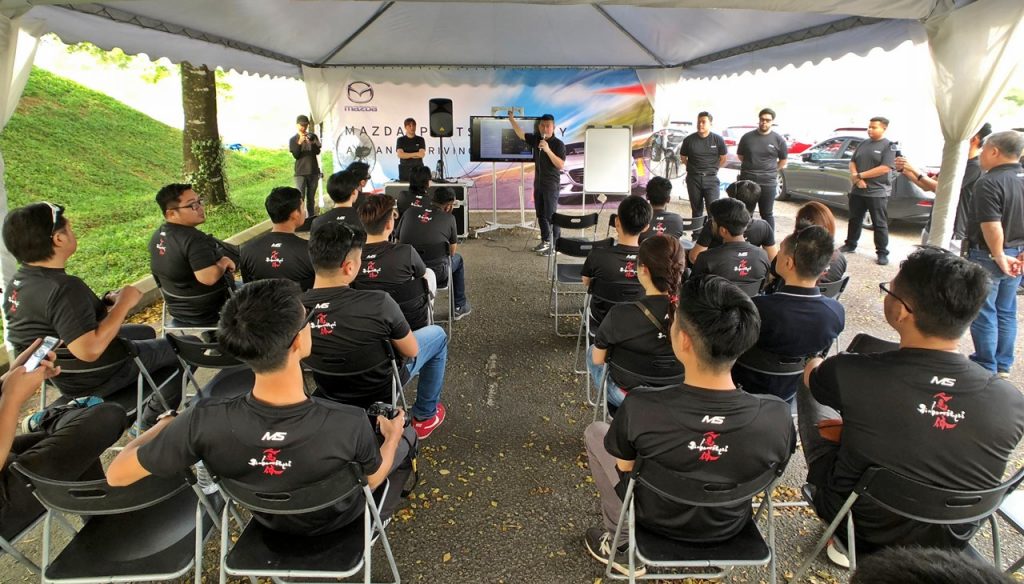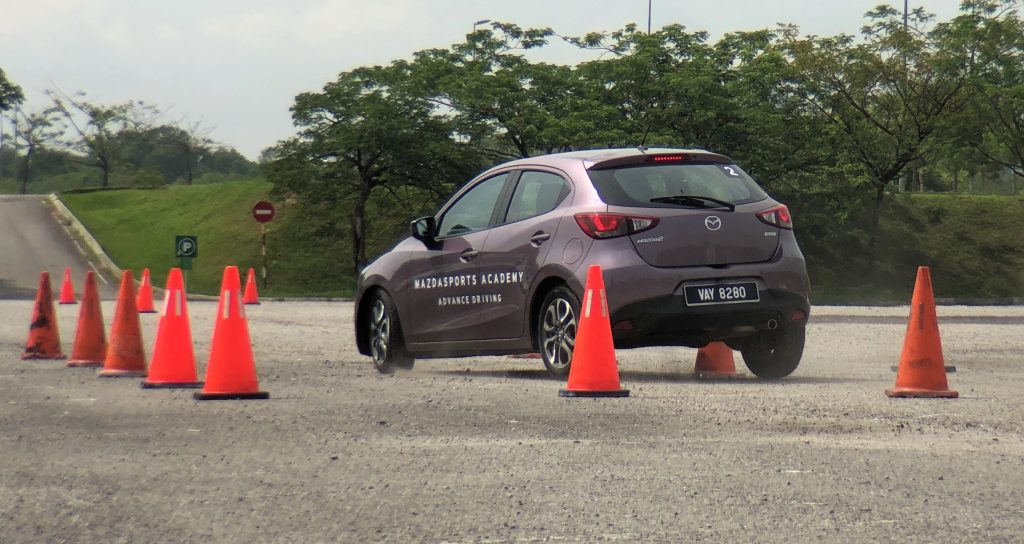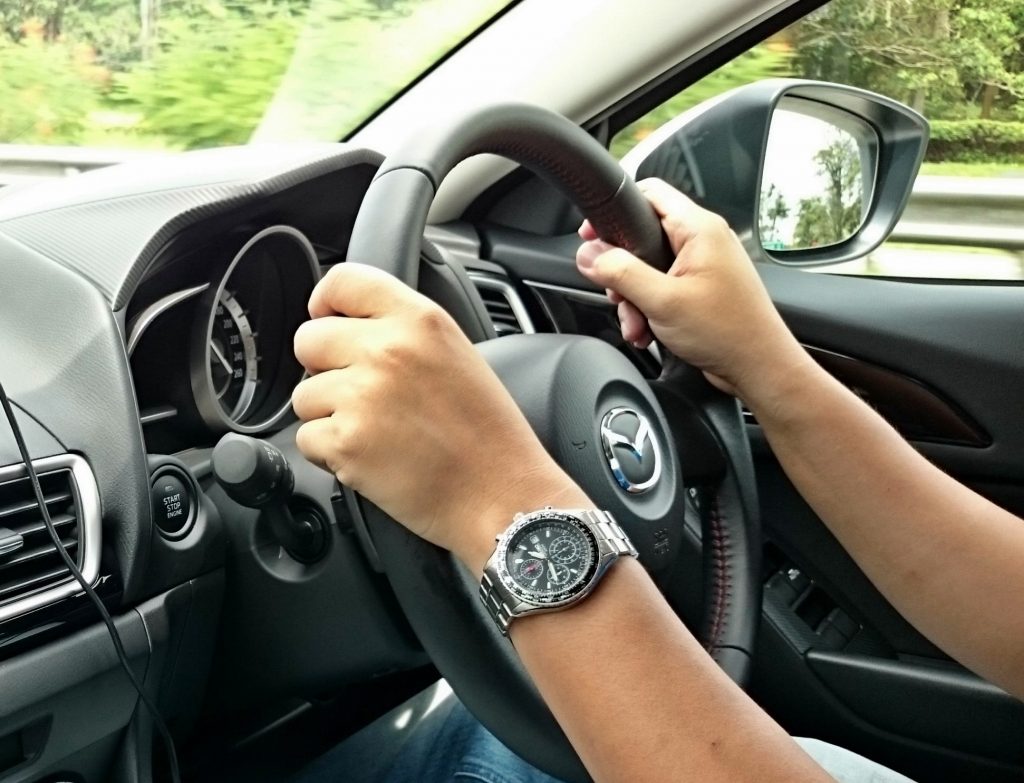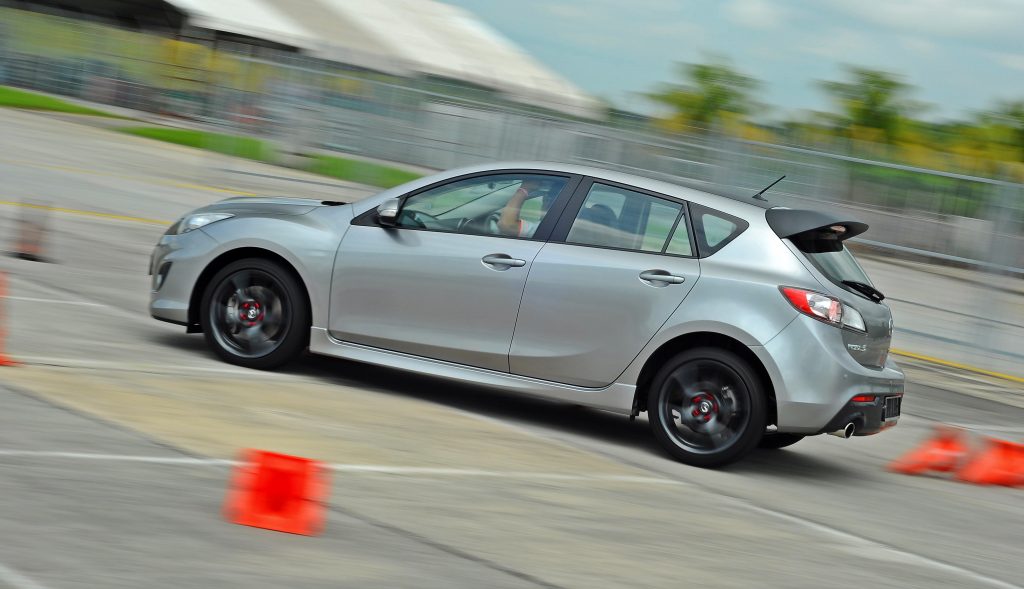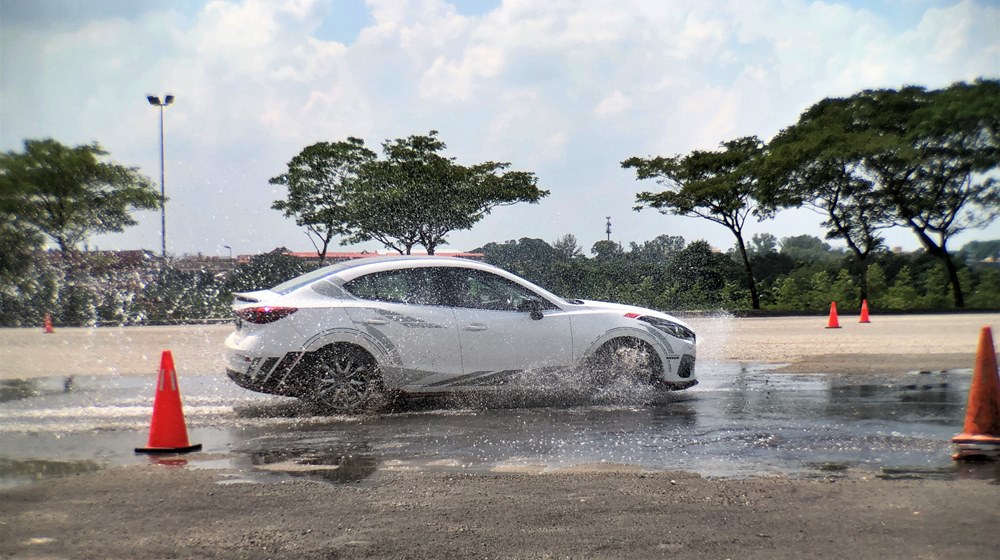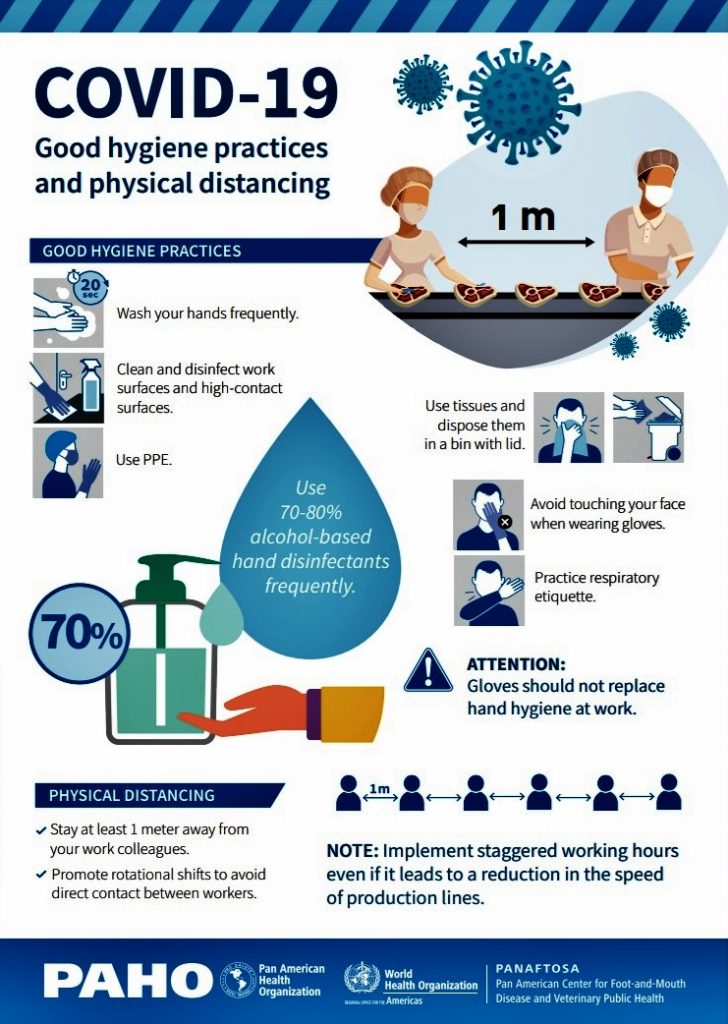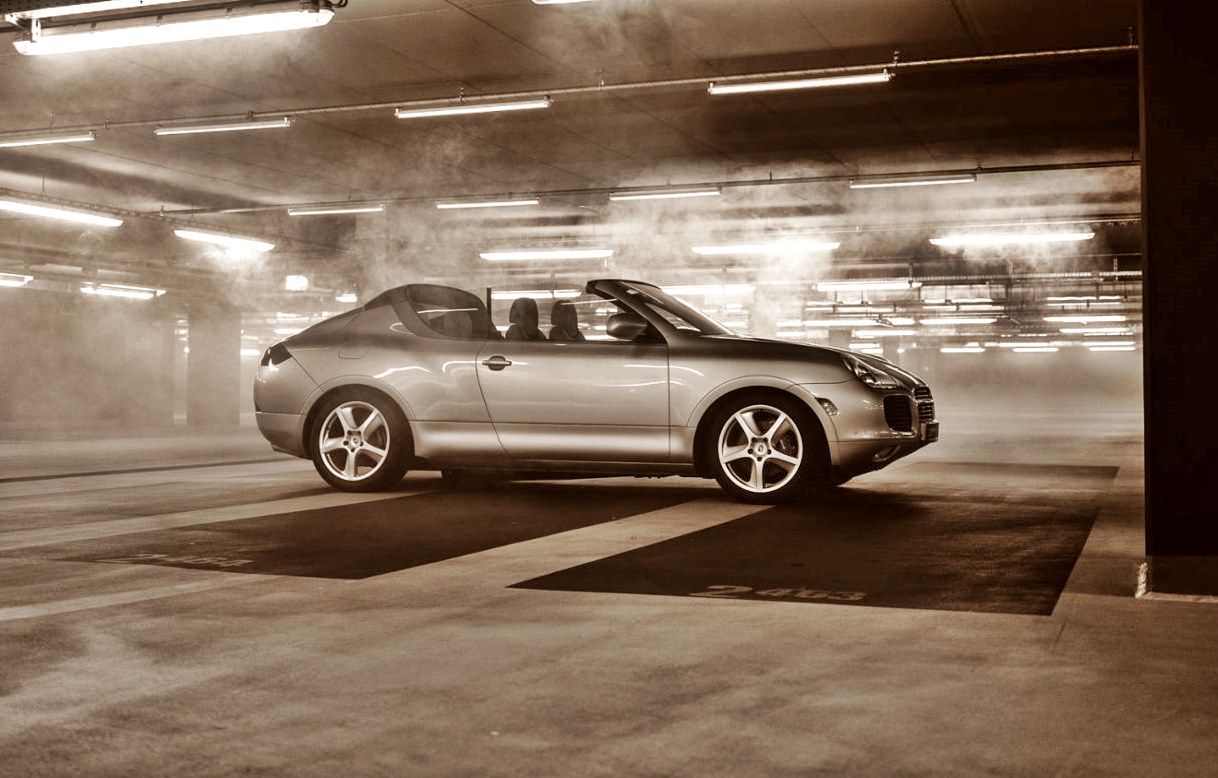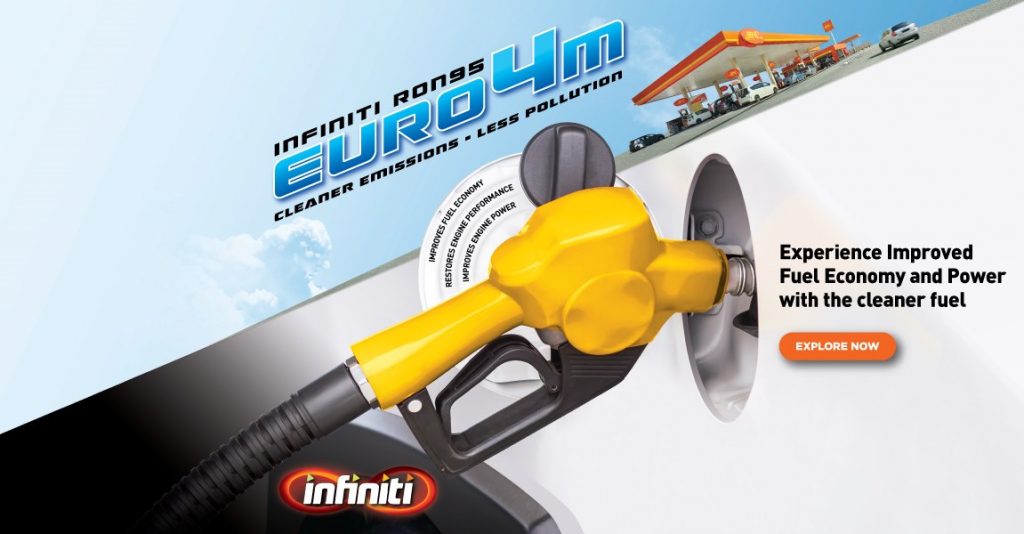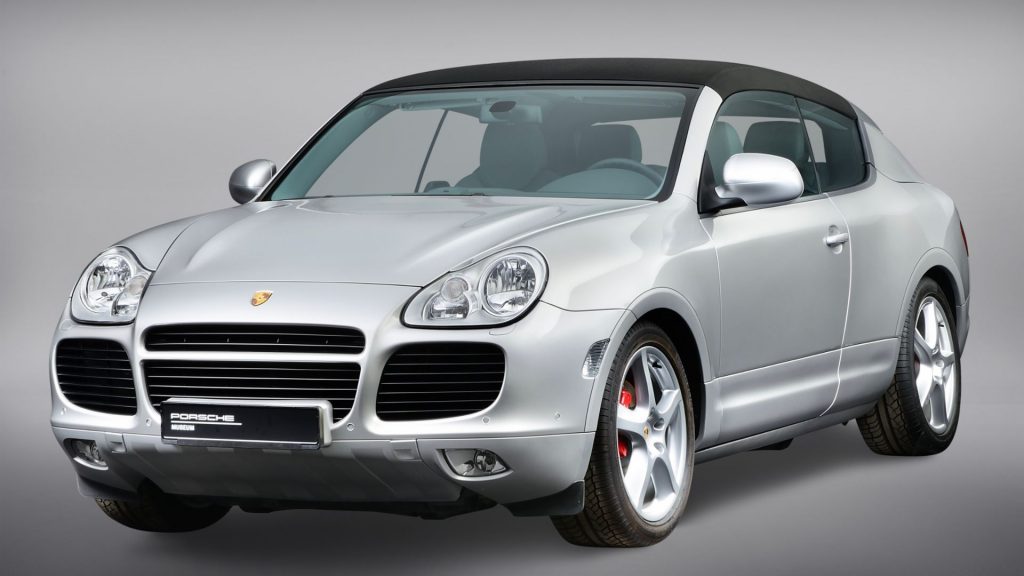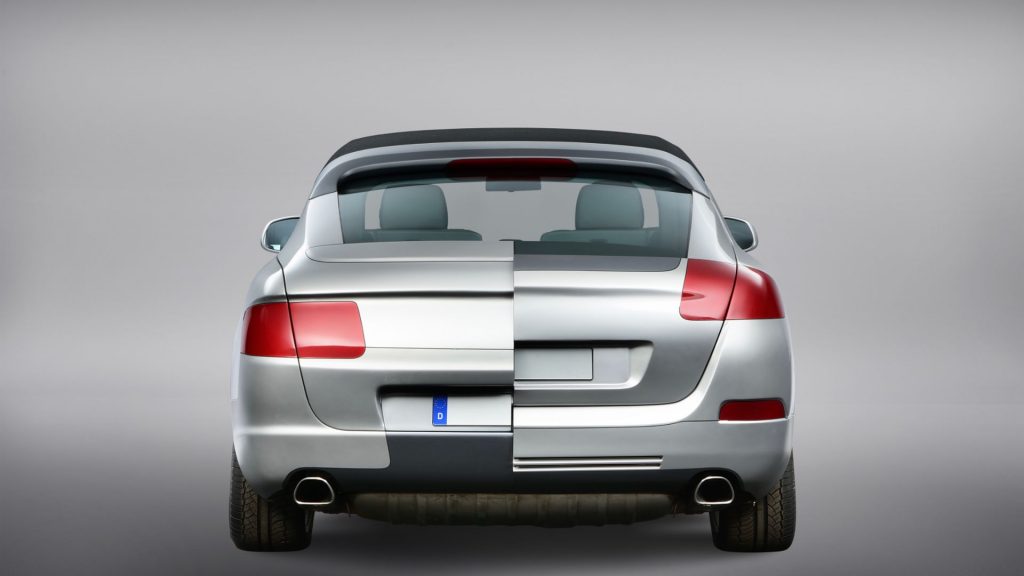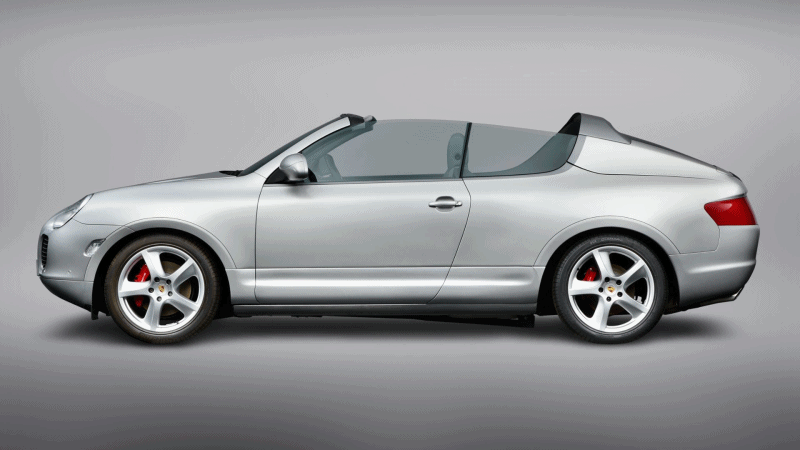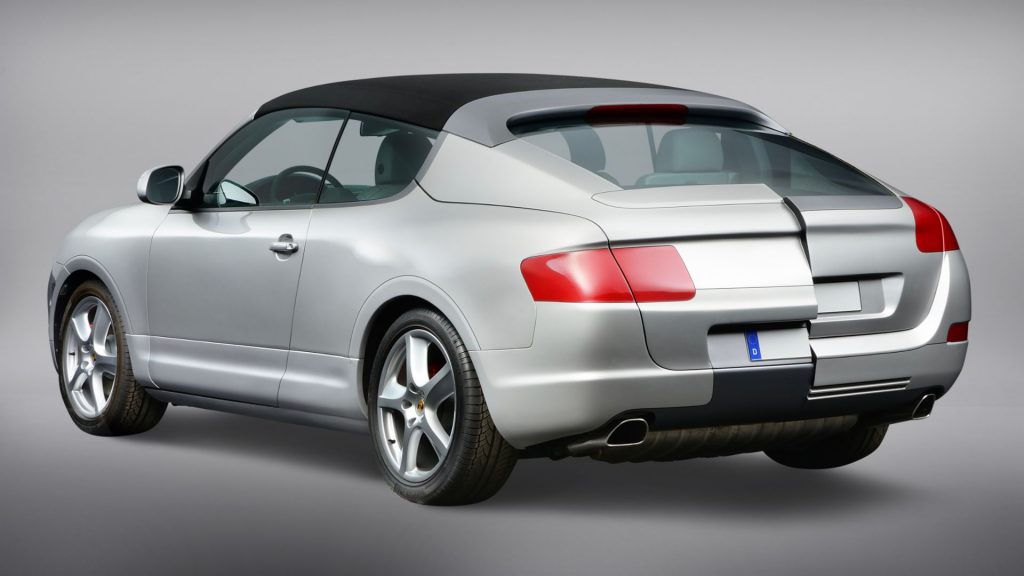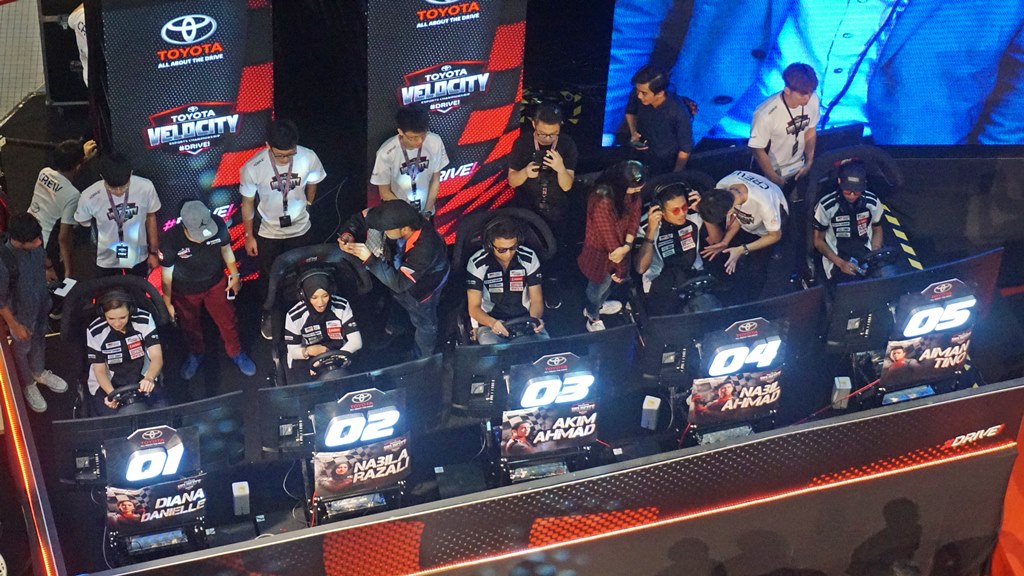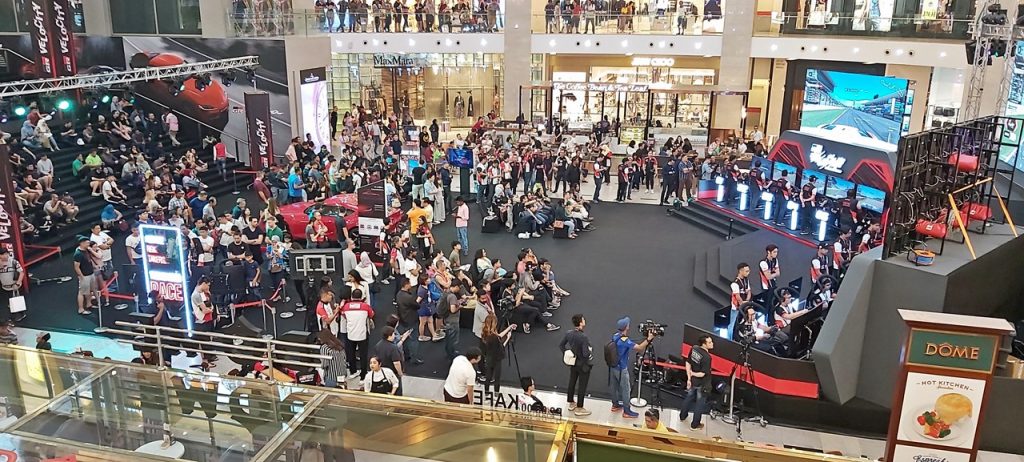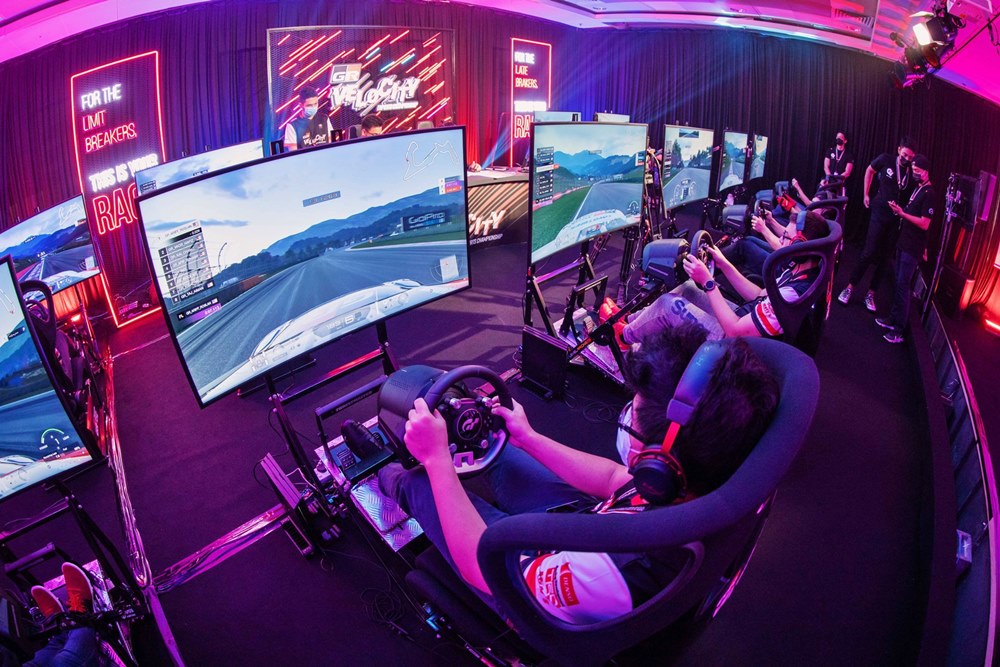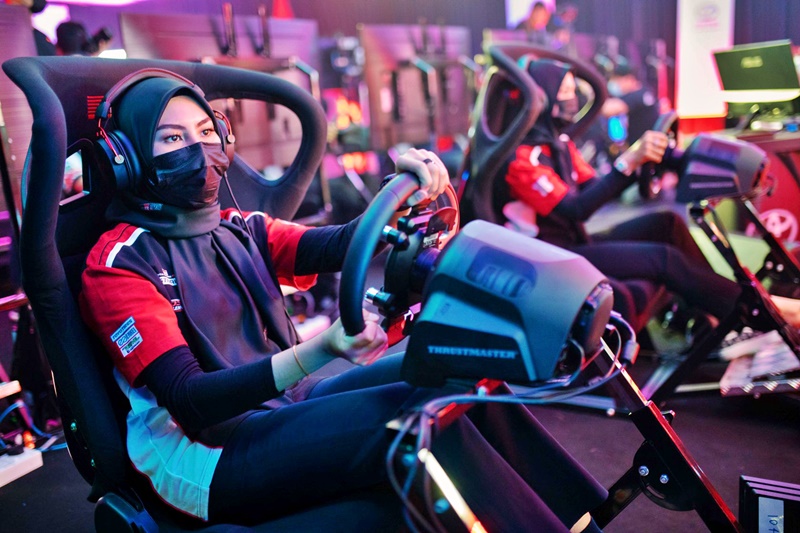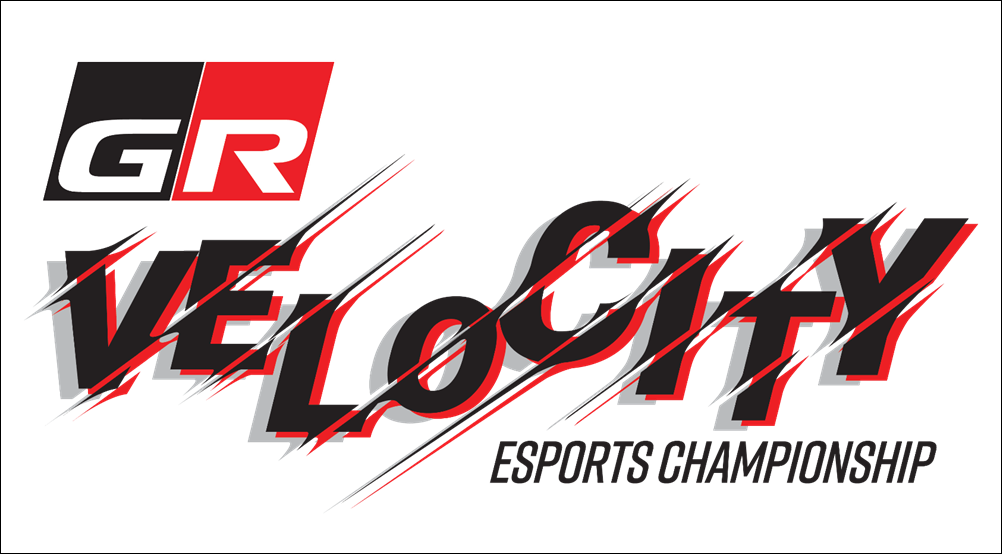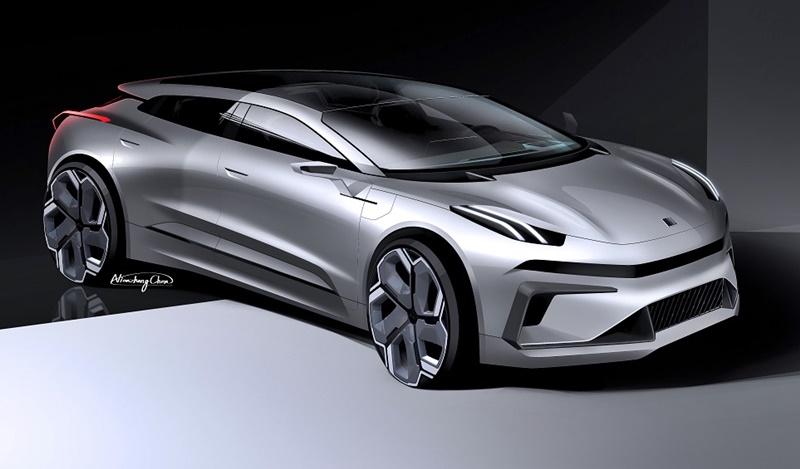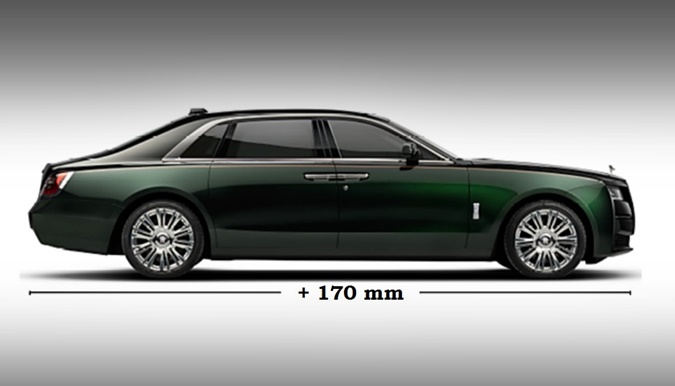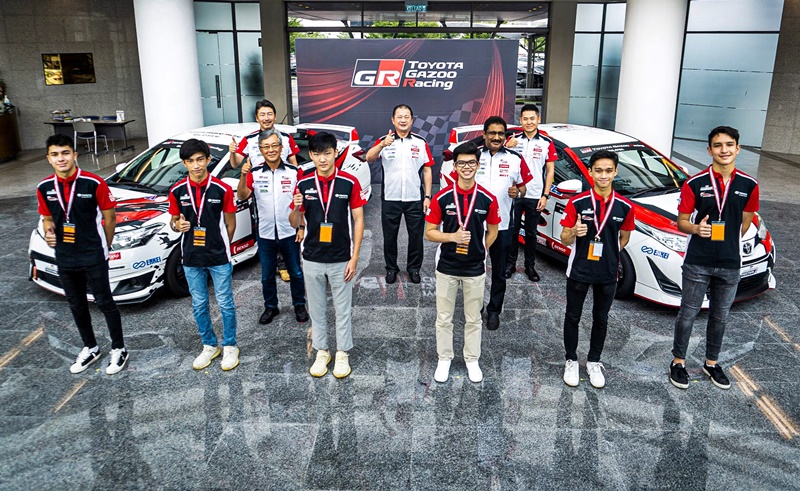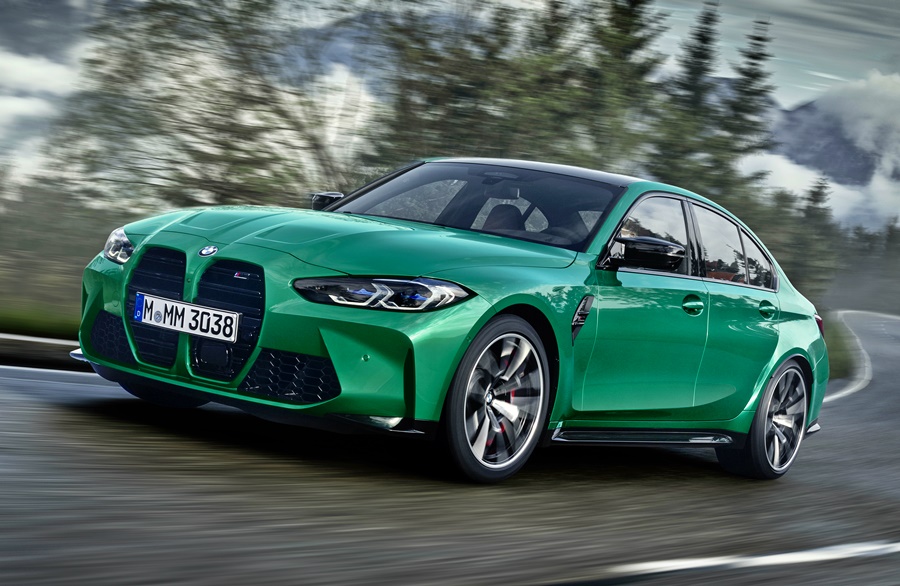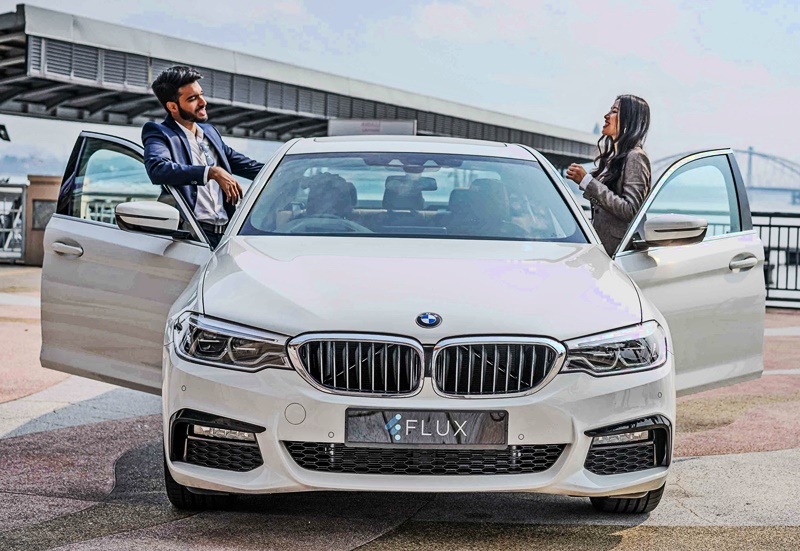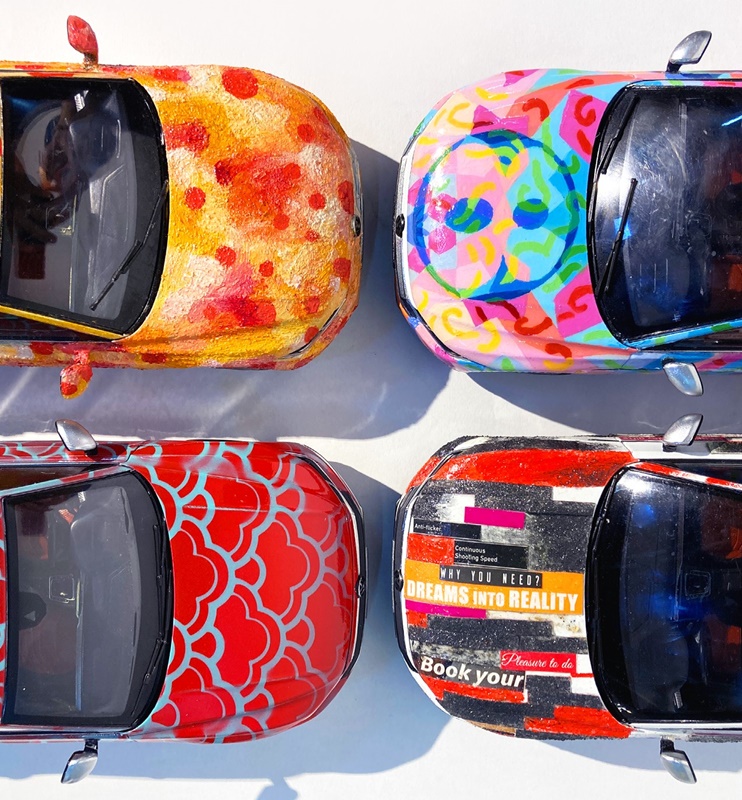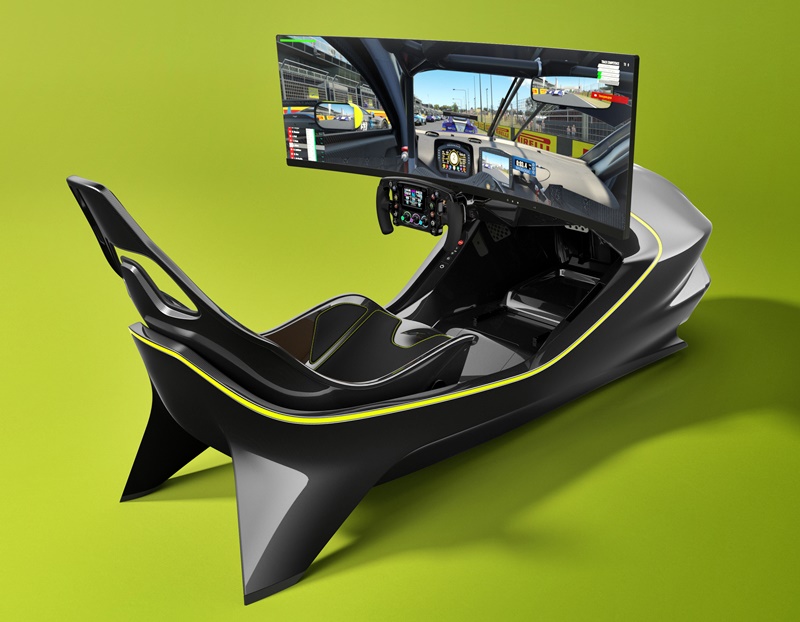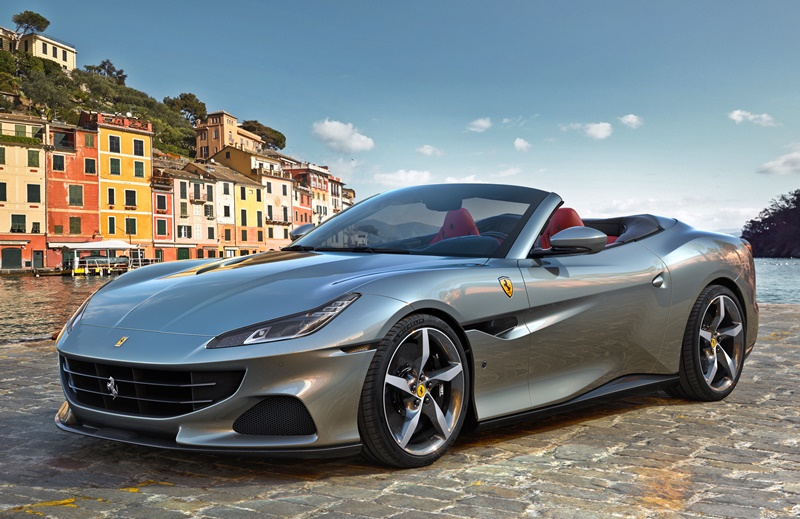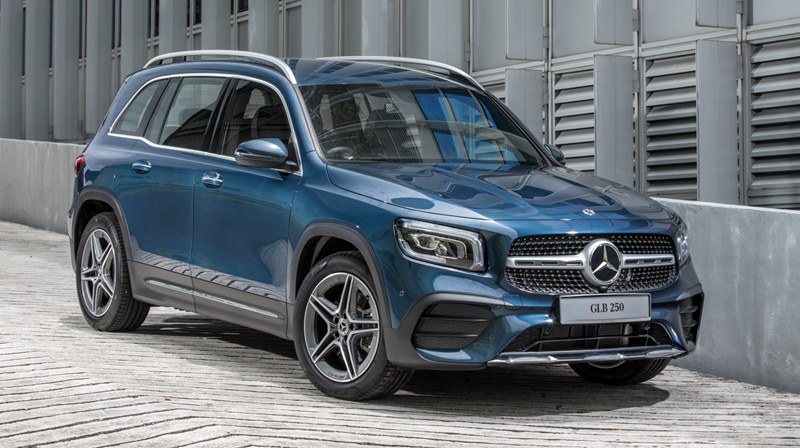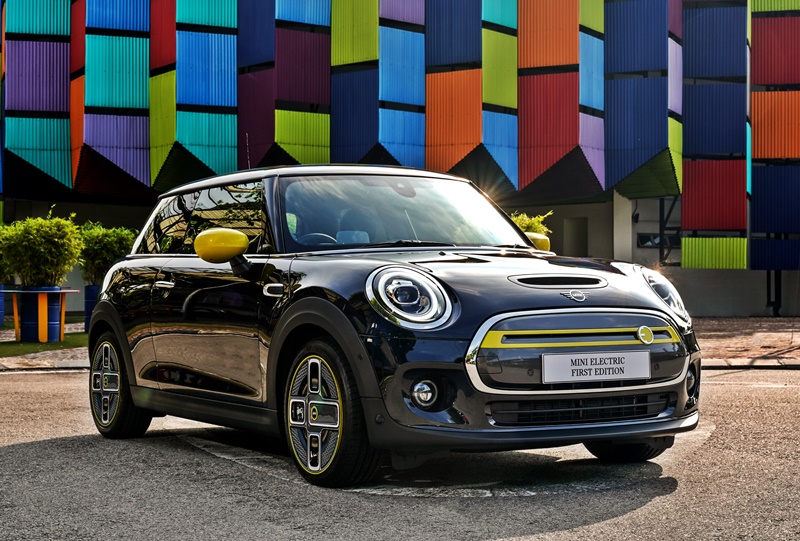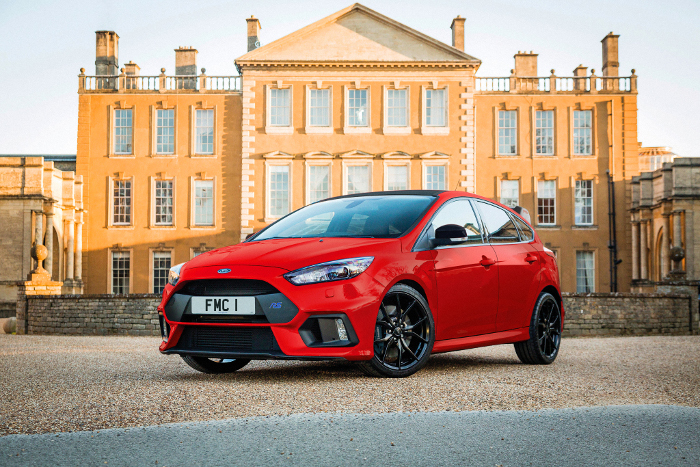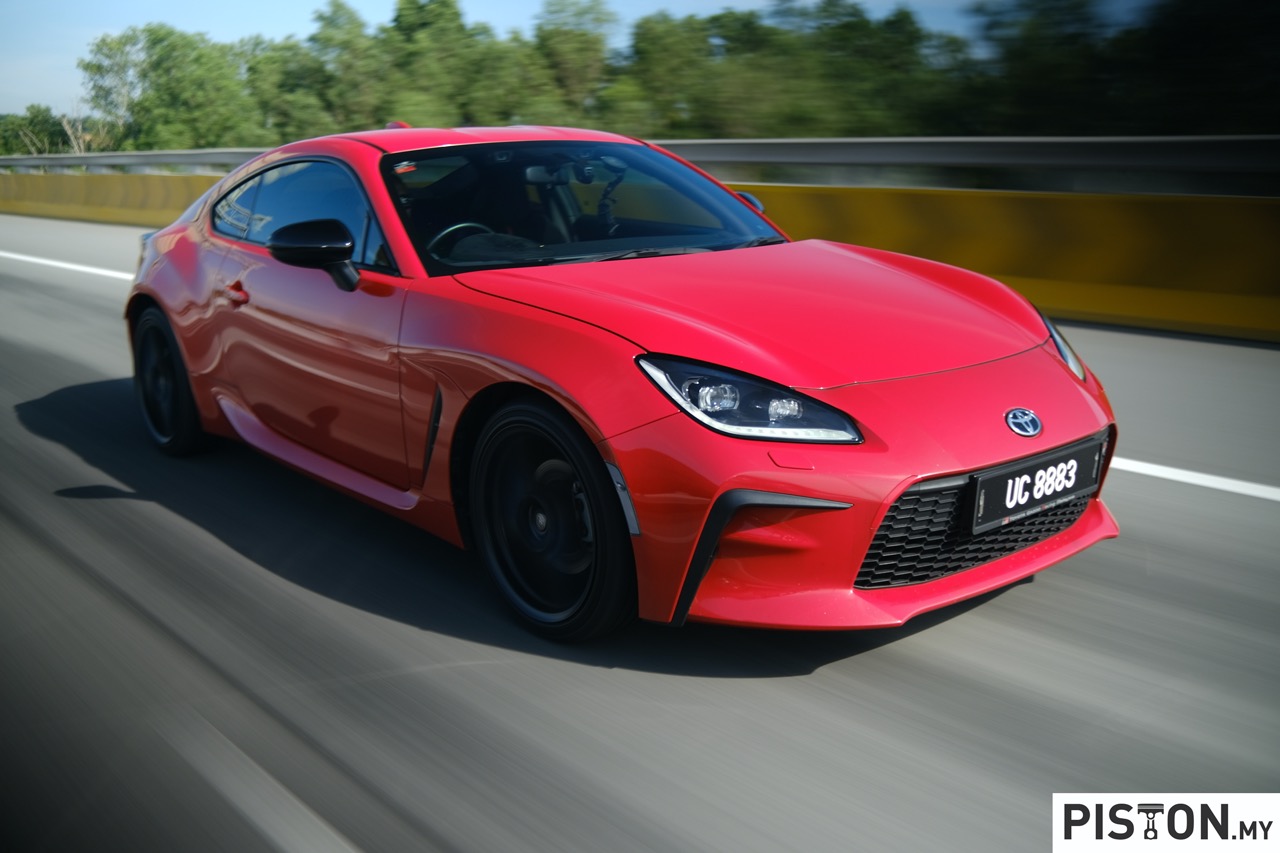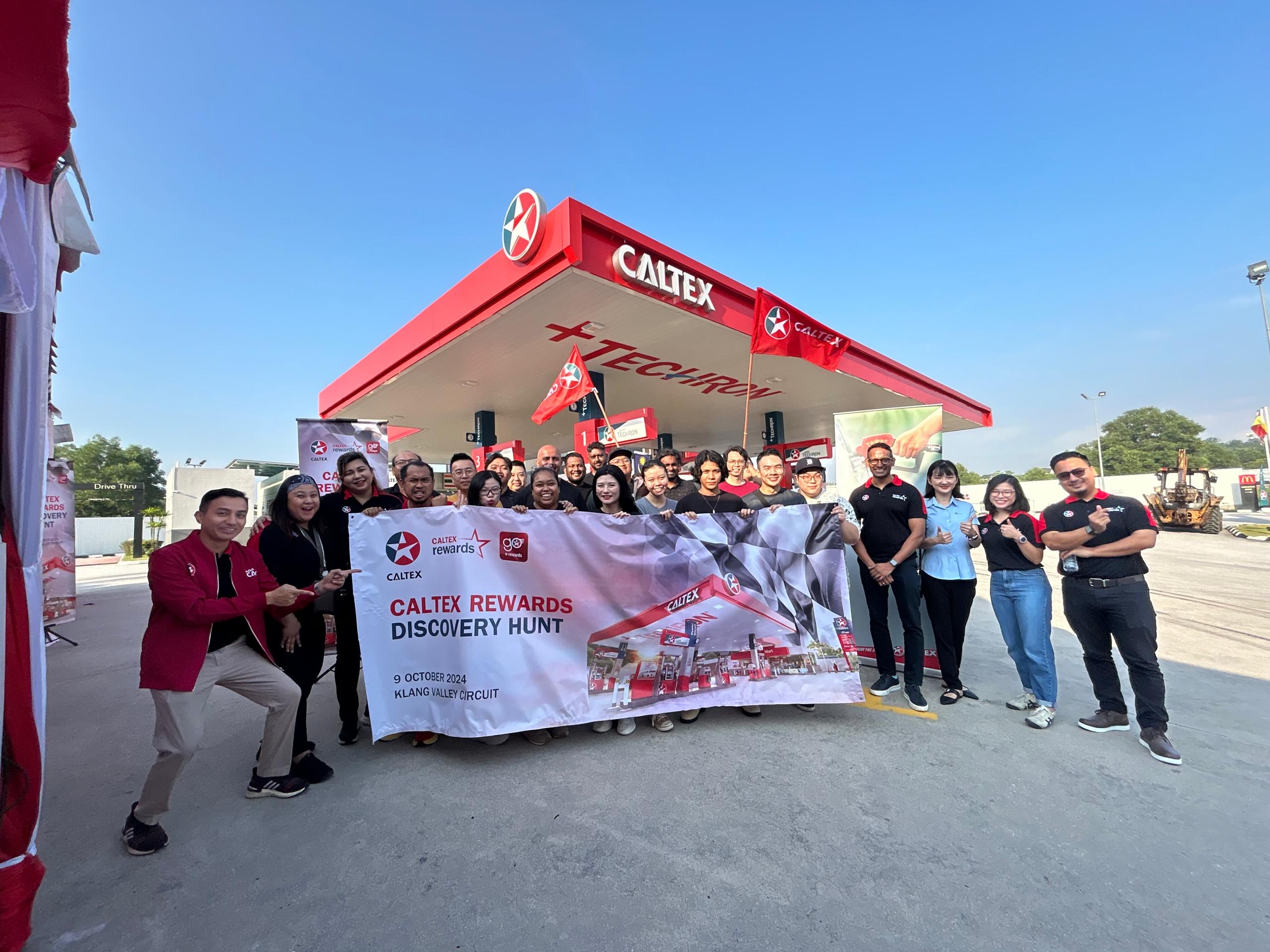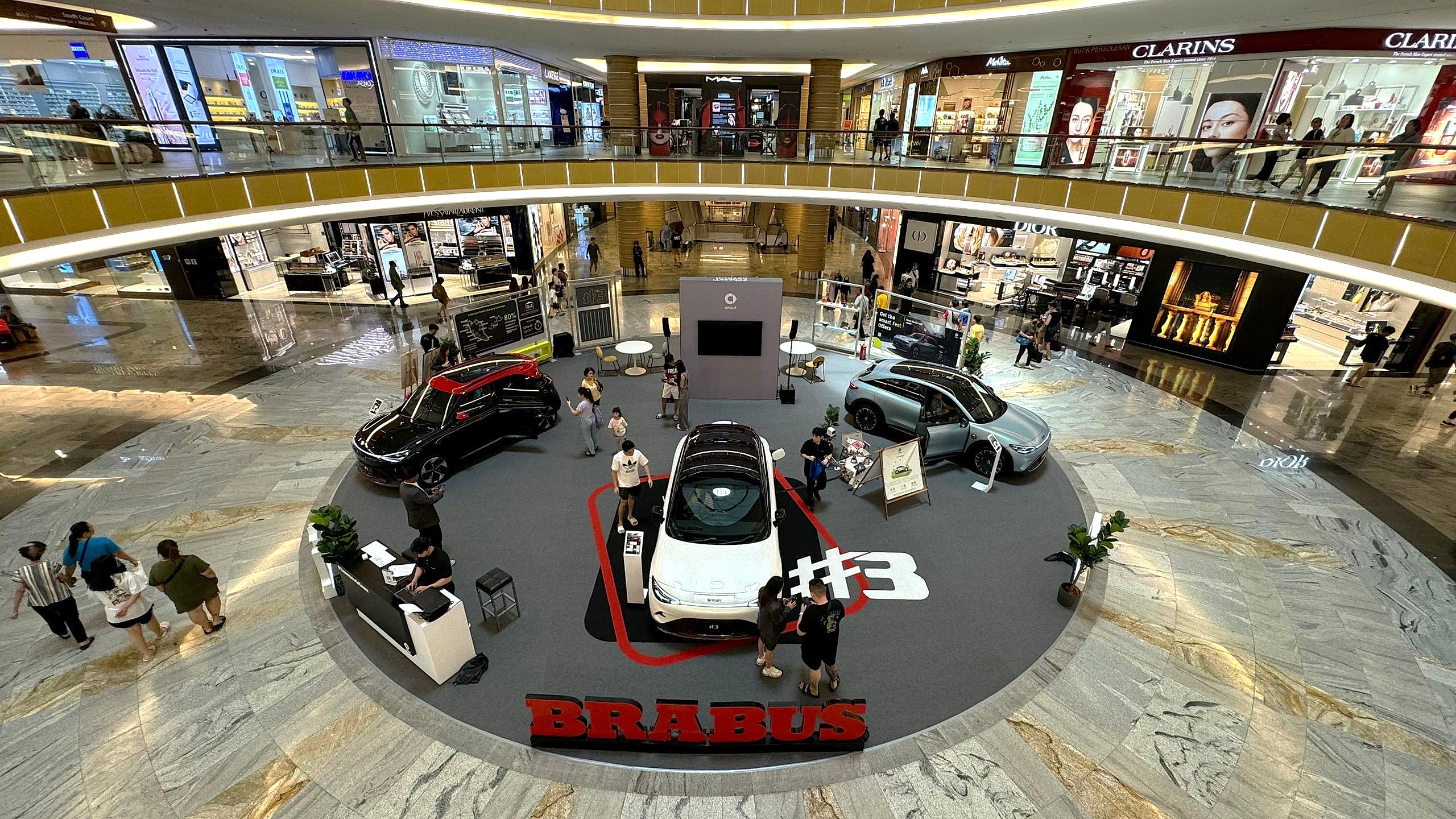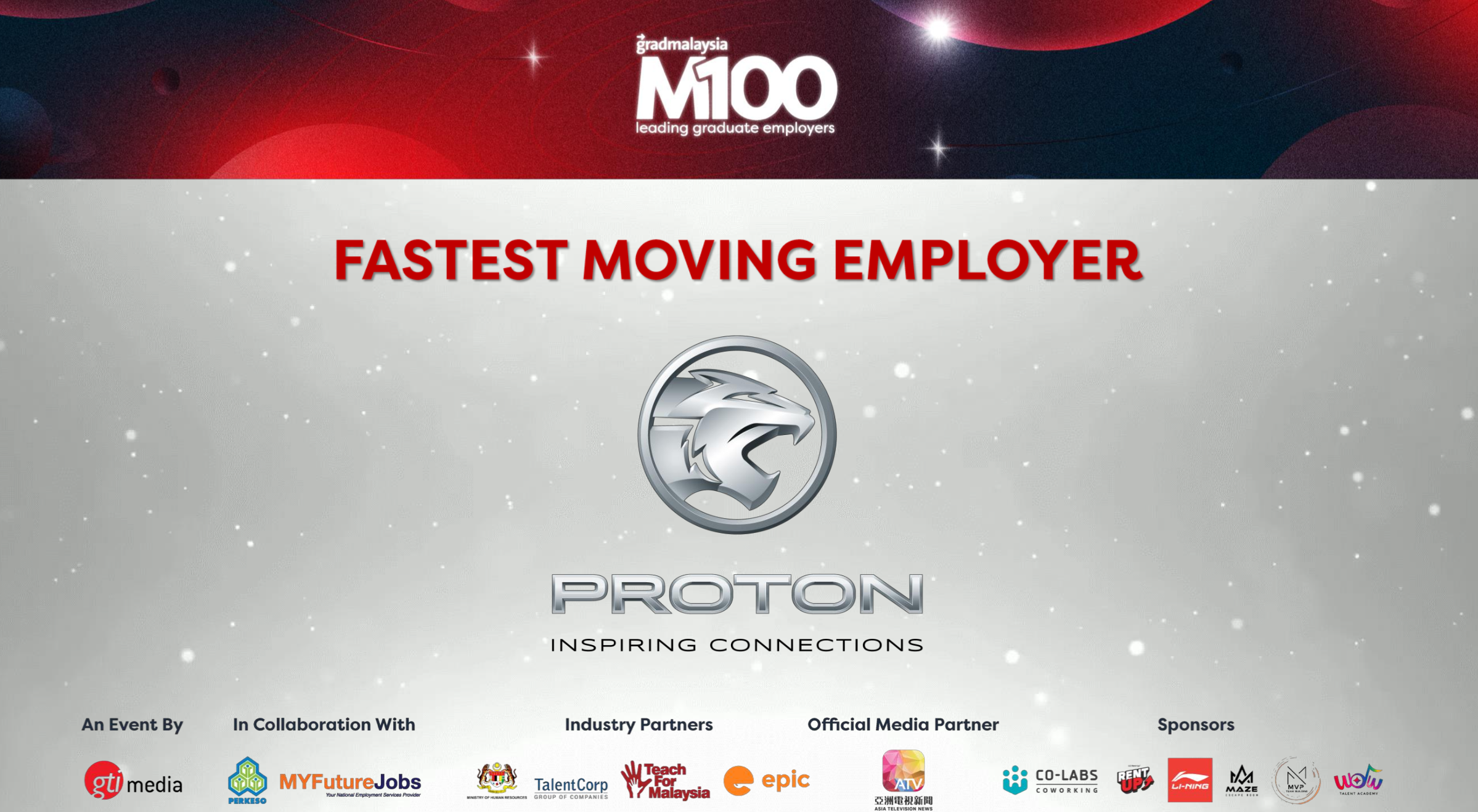The new vehicle market in China is the biggest in the world, having overtaken the US market in 2009. Last year, around 26.3 million new vehicles were sold, about 15 million more than the US volume. Every manufacturer would like to sell in China as even a small share of the market still means big volumes. However, apart from its own regulations, the China market also has some specific requirements which need to be met if a model is to appeal to the consumers and sell well.
And because of the potential volumes, foreign manufacturers are willing to develop models or alter existing models to meet the tastes of the Chinese customer. These tastes extend to styling and also size, with extended wheelbases being favoured.
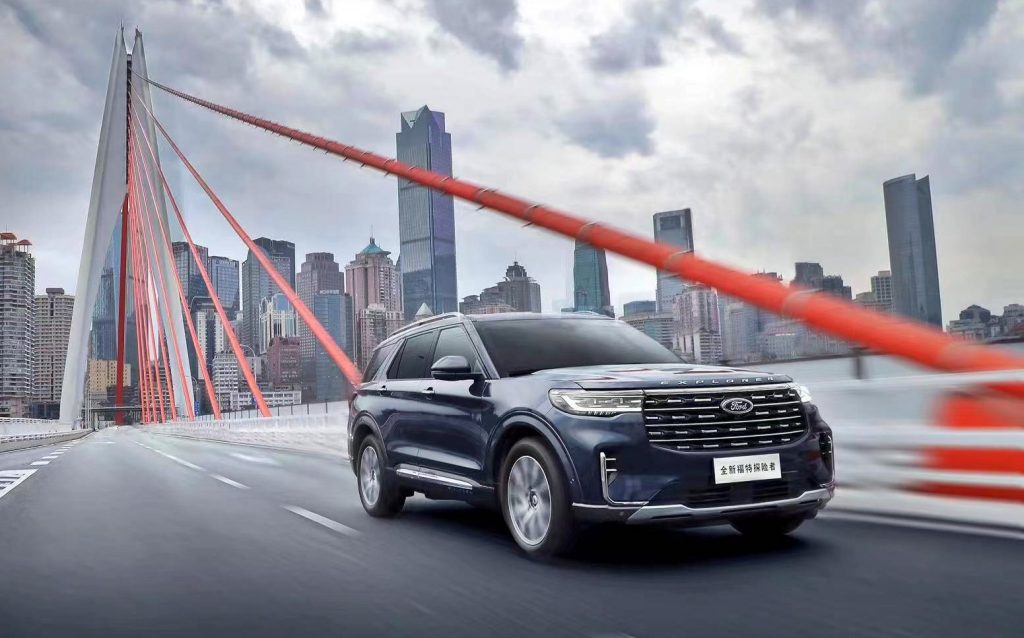
One example is the Ford Explorer SUV which was recently unveiled in China. The model, an extremely popular SUV in America, has been sold in China since 2012 and for the latest generation, Ford has given it an appearance and features that are specifically for the market.
Designed in China for China
The Explorer for China was developed in China, at Ford’s design centre in Shanghai. The company’s sixth global design studio, the China Design Centre is a state-of-the-art facility that also encompasses a full showroom and in-house clay workshop.
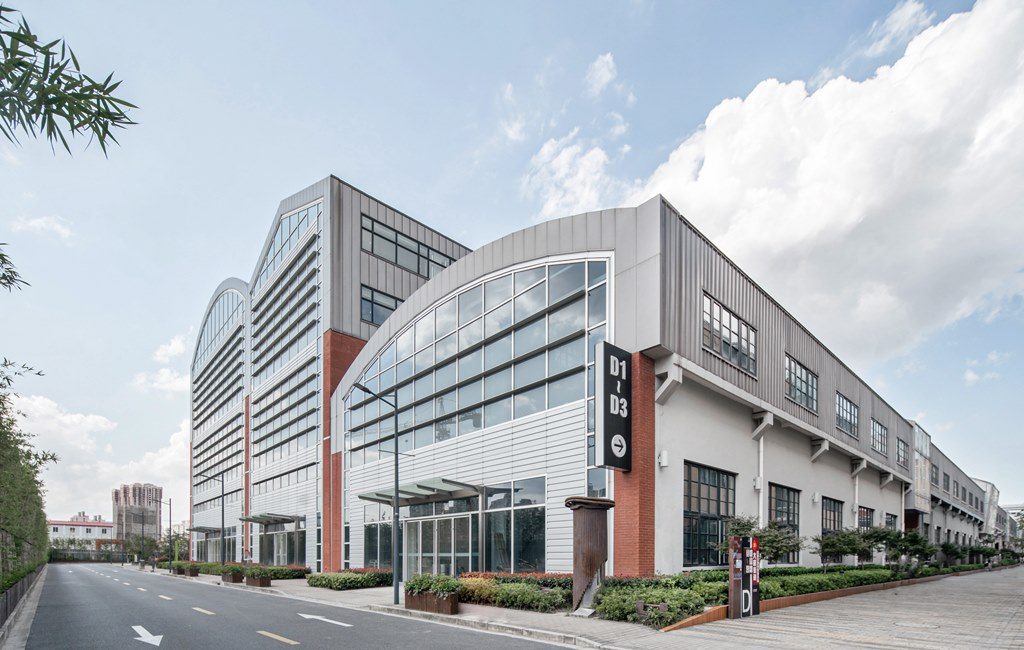
The design team is a fusion of east and west, with 75% of the staff being local but maintaining close connections to the design teams globally. With their international outlook and local insights, this diverse group was given the task of designing the model for the Chinese market.
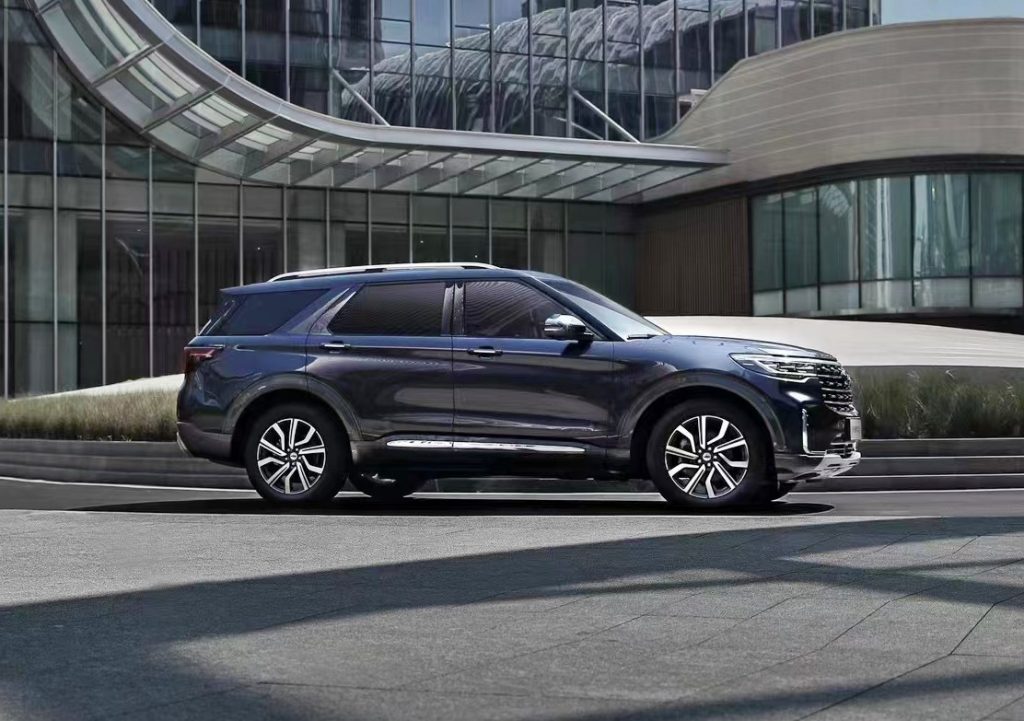
“Being the first time the Explorer was designed outside of North America, it was important that it continues its successful heritage of pioneering innovation and adventure whilst being modernized for the progressive China market,” said Simon Brook, Chief Designer of Ford China Design Centre. Elaborating on further differences when it comes to design, he said: “We know our Chinese customers value a high degree of sophistication, luxury and premium refinement, from exterior to interior.”
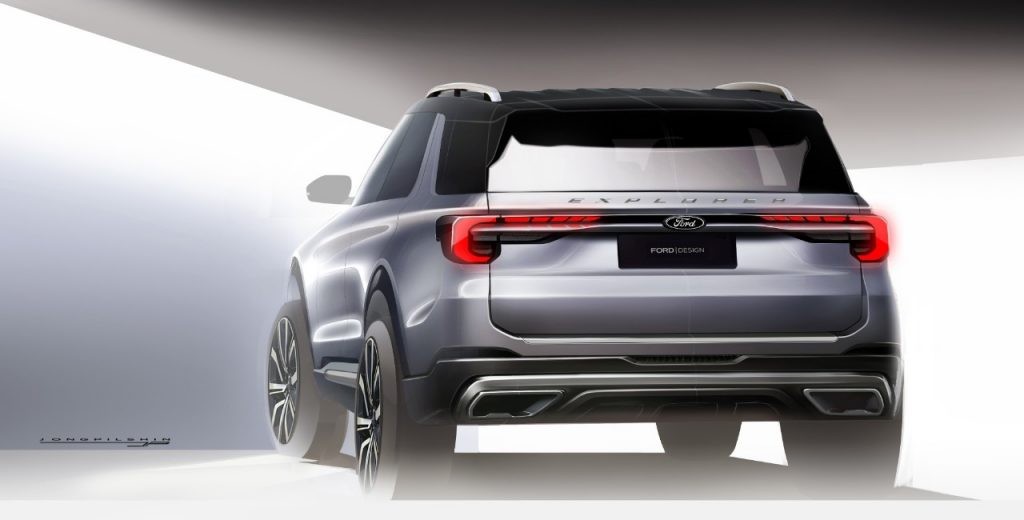
The process began with the creation of hundreds of detailed sketches to define the thematic direction. These themes were then narrowed down to strong proposals that ran from luxury to progressive to bold, to ensure that the optimum balance was achieved in the sense of strength and luxury while staying true to the Explorer heritage. High-tech solutions such as Virtual Reality and digital review tools were used to evaluate the themes from the sketch phase before committing and identifying the core design directions.
Ford’s China Design Language
Brook defines the ‘Progressive energy in strength’ mantra as being ‘all about taking Ford design heritage and that trust, and then innovating, and taking us somewhere new’. The Explorer design fully integrates the design DNA of the Explorer and combines it with modern Chinese aesthetics.
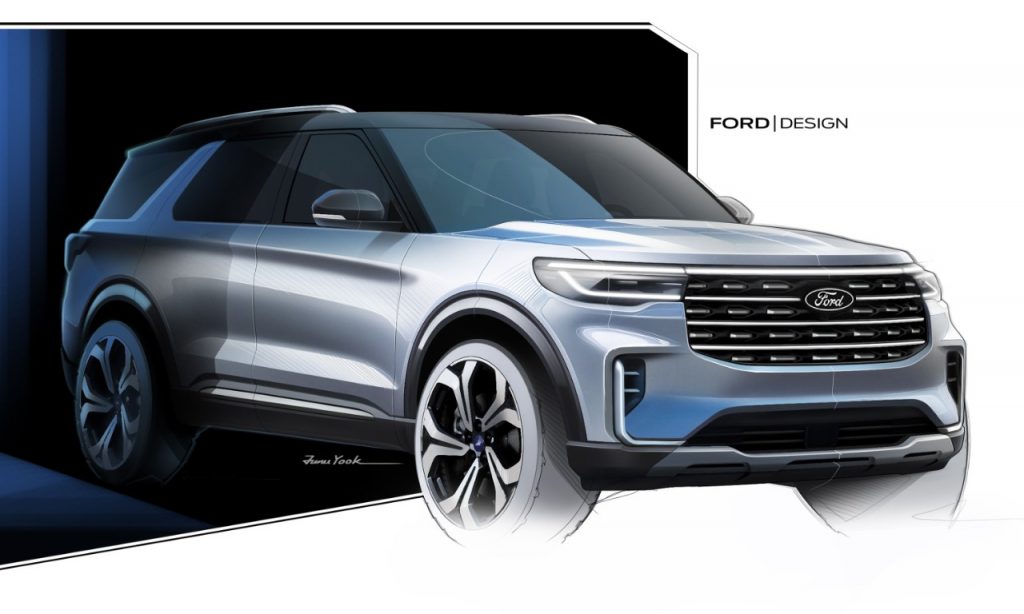
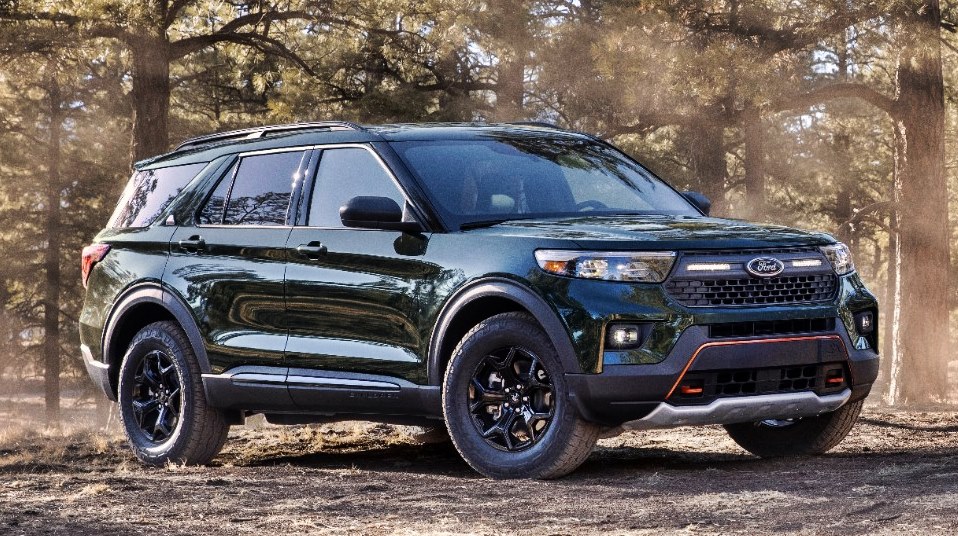
The key visual signatures of the Explorer heritage – such as the connected grille to lamps, C-clamp rear lighting signature and an open and expansive cabin – are all retained in the latest Explorer. The luxury yacht inspiration can be found throughout the exterior design. The new 21-inch Turbine fan wheels spin like a ship’s propeller, the iconic C-pillar graphic echoes the mast of a luxury sailboat, while the front end captures the essence of a ship’s bow as it breaks through the waves.
With the luxury-yacht feel retained and established, the key to the new Explorer’s design innovations for the Chinese market were to be found by leveraging the ‘Progressive Energy in Strength’ Chinese design DNA to capture three main principles: Agile, Responsive, Commanding.
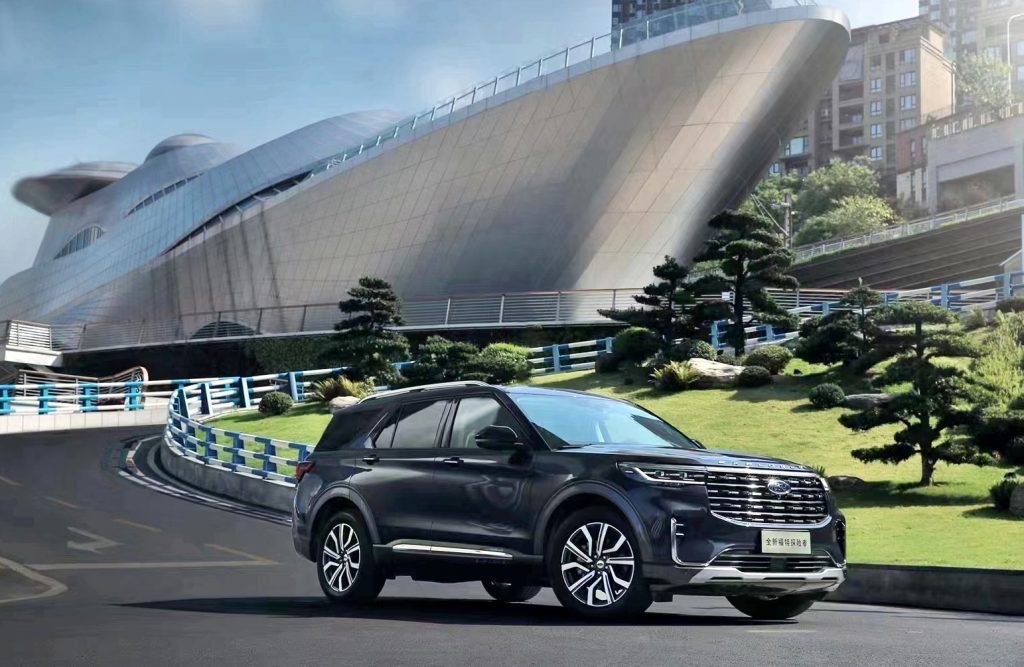
High-tech interior
The philosophy behind the main interior elements is based on three fundamental aesthetic principles: clarity in build, harmony within composition and detailed craftsmanship. Aside from the overall proportion and form language, Chinese customers pay close attention to the mastery of craftsmanship and are more willing to embrace new, advanced technologies.
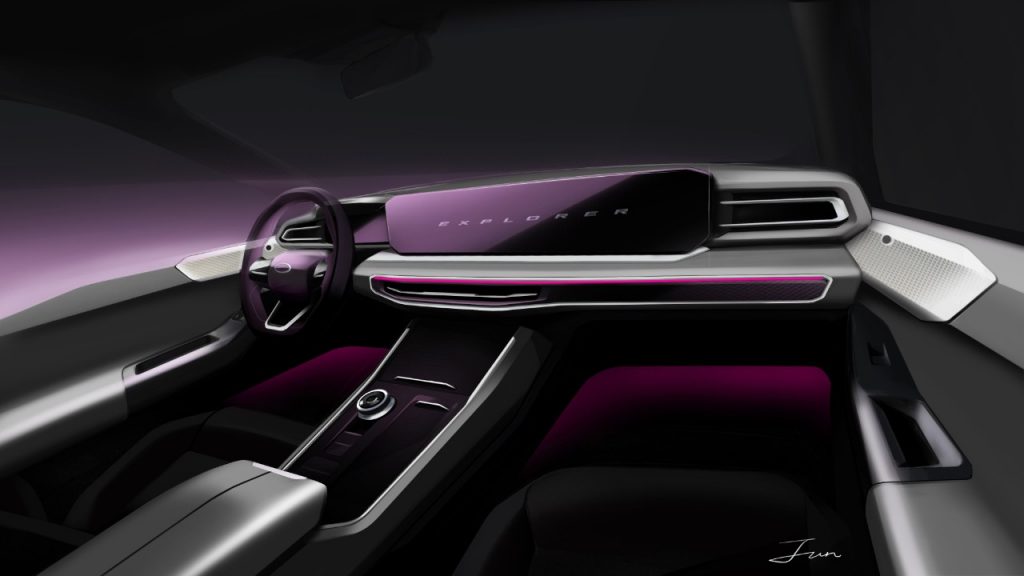
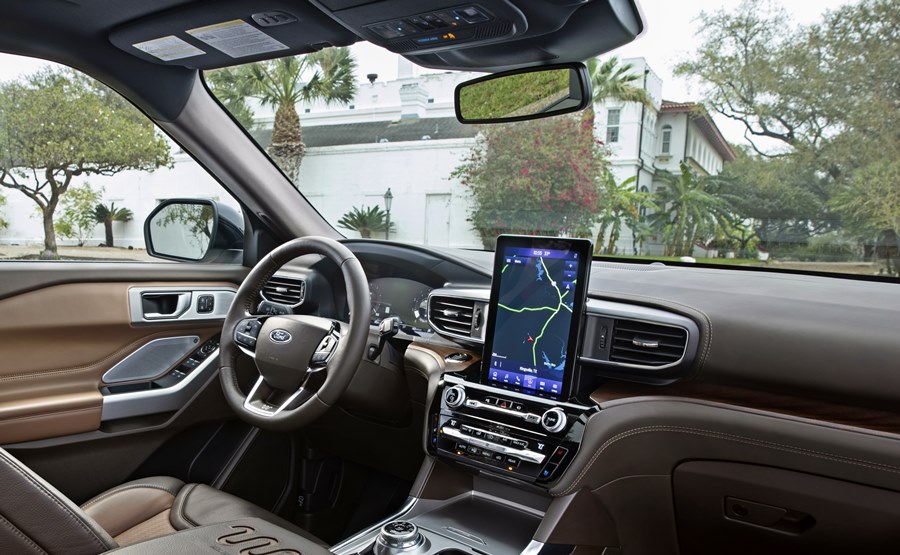
The overall interior architecture and prominent 27-inch touchscreen both reflect the commanding presence of the exterior, giving the Explorer a ‘Masculine Presence’ while ensuring it lives up to the ‘Tech Enhanced’ demands for well-integrated high technology. That’s further heightened through the newly designed instrument panel and centre console with its strong horizontal emphasis.
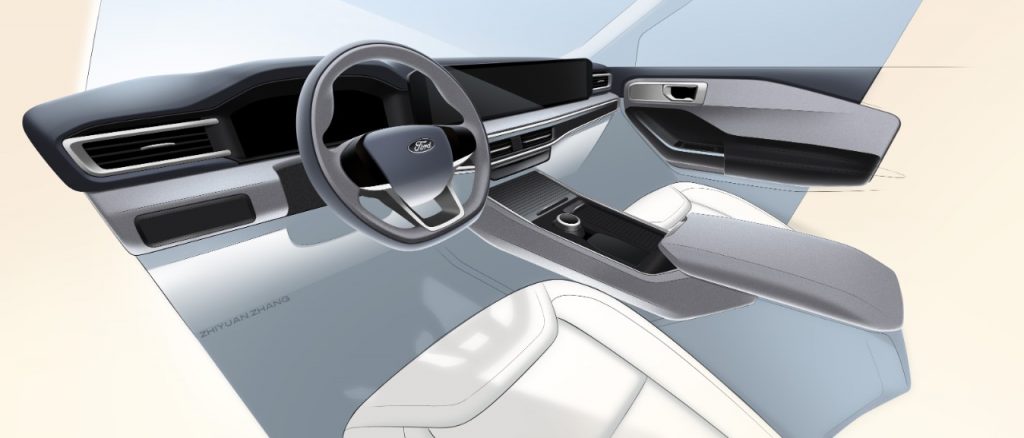
Time spent within the vehicle and the overall driving experience were considerations that remained at the forefront throughout the design process, with ‘customer voices’ prominently declaring comfort to be equally as important as safety and reliability. Driving an Explorer had to remain a rewarding experience, which necessitated finding a balance between comfort and technology. This was achieved via the harmonious integration of the technology itself and its intuitive usages, combining them with experiences that stimulate the senses.
New seating
In order to improve physical comfort, and place an emphasis on ‘Premium Quality and Solidity’, Ford’s designers came up with new seating with wider seat dimensions and fuller side bolsters to enable an optimally comfortable seating posture.
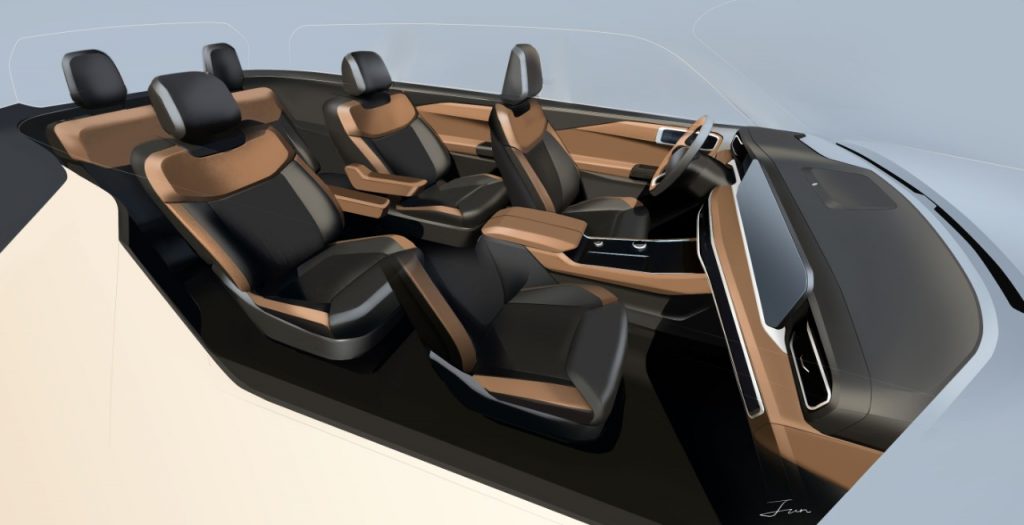
A standout feature is the unique China seat material and patterns designed in cooperation with Eagle Ottawa. Via the application of high-definition technology, the design team was able to express extremely fine detailing and new innovative patterns that would not have been possible using traditional quilting techniques, resulting in a design that is immaculate in its precision without sacrificing functionality.
As expressed through the interior colour scheme, the premium brown and black theme represents a confident presence by projecting an image of strength and sophisticated adventure, while the ruby and black theme represents an exquisite premium expression combining a commanding quality suffused with elegance and a premium feel through the accent colours and selected finishes.
